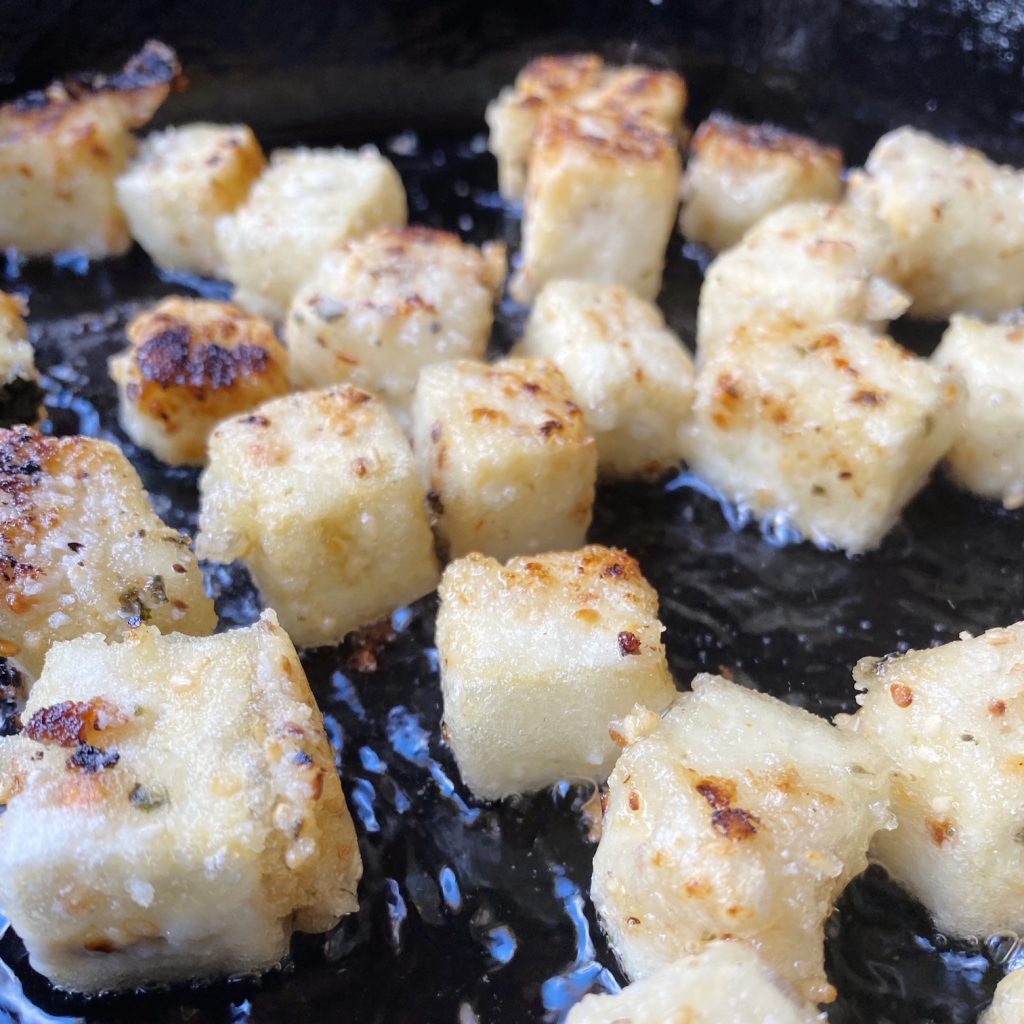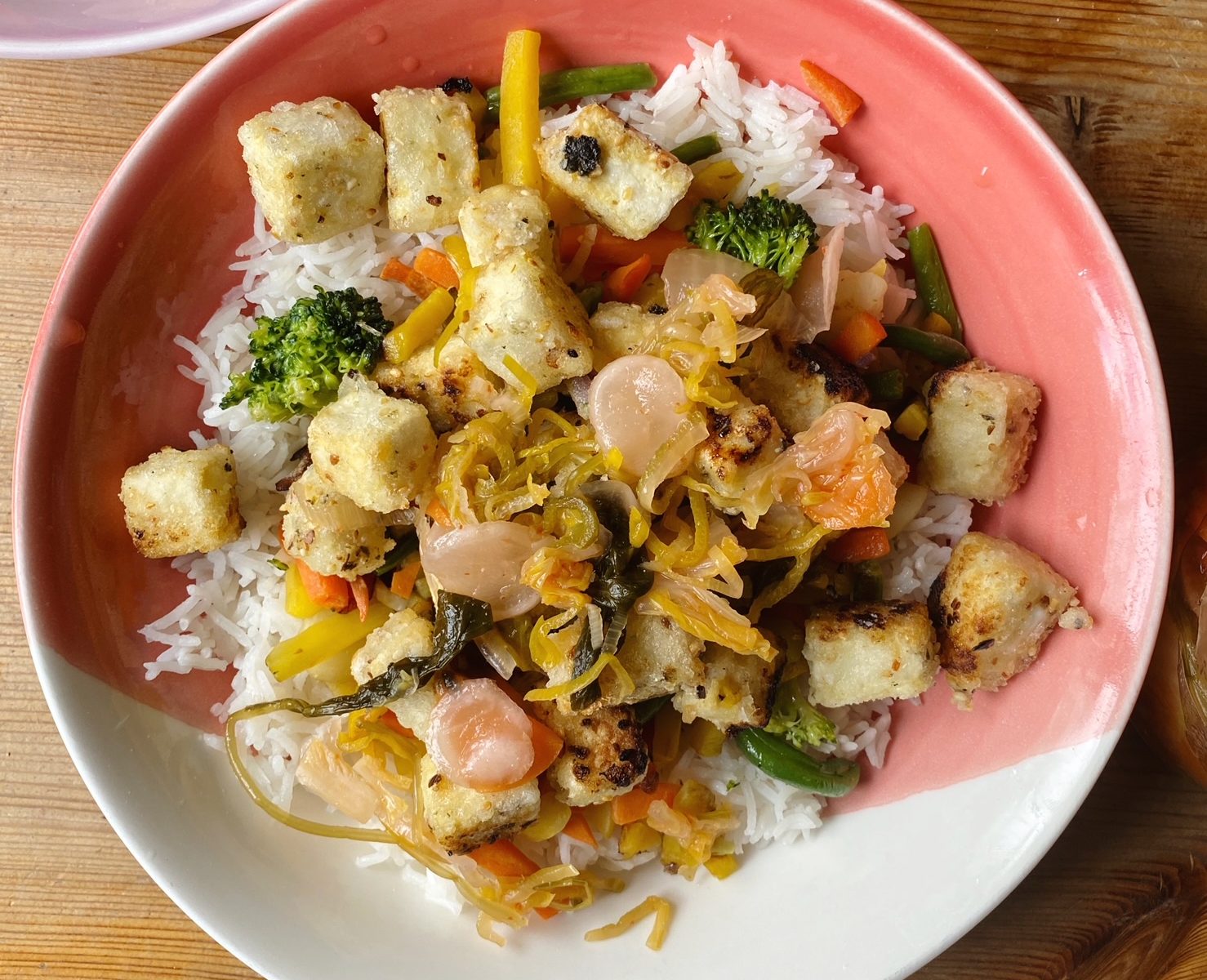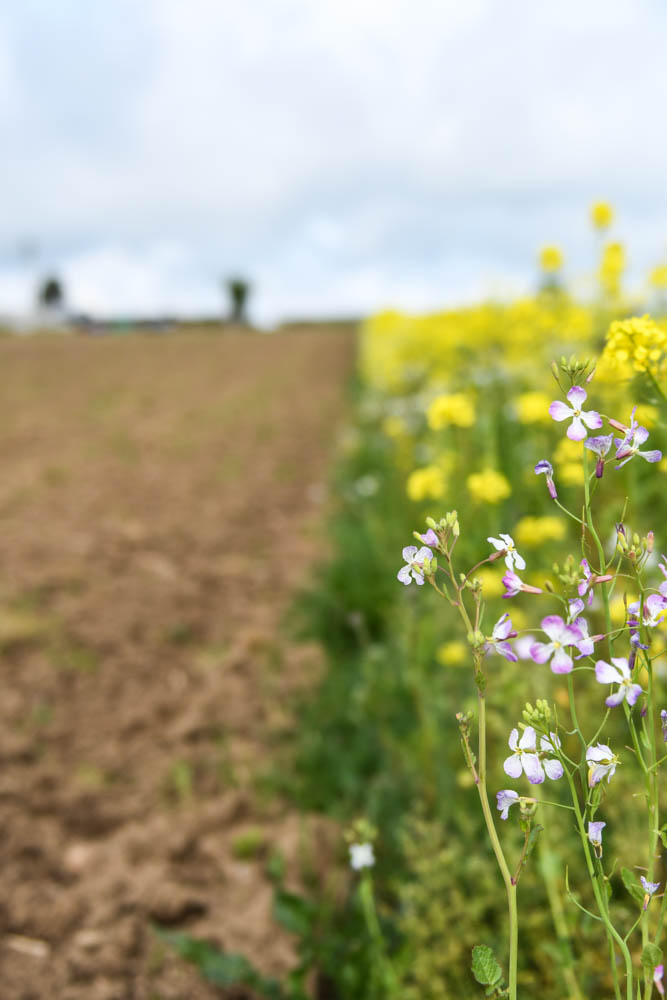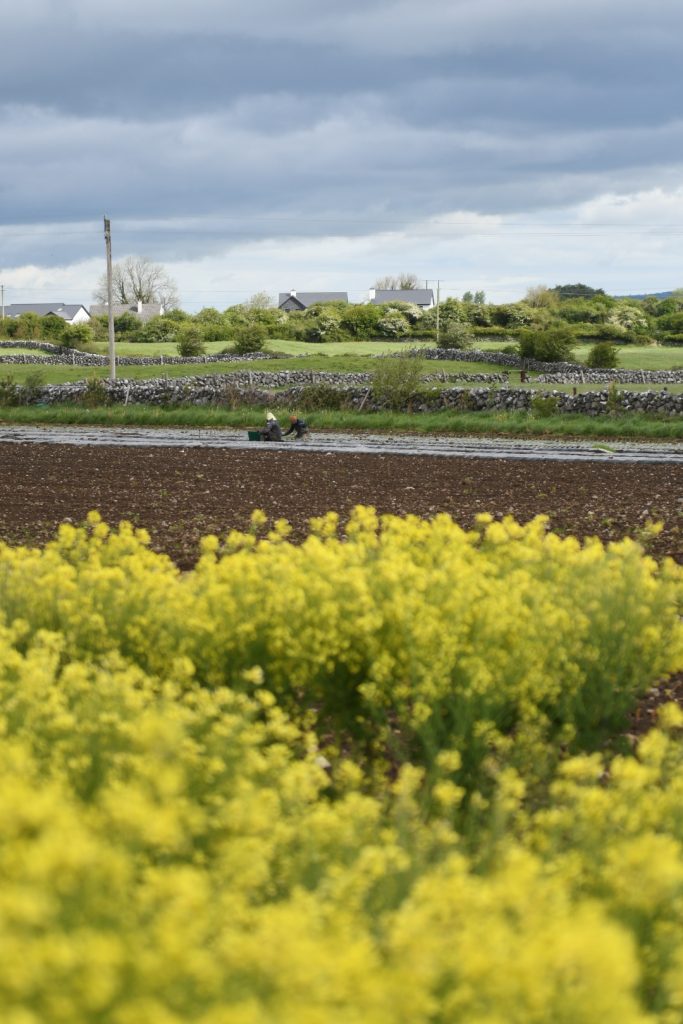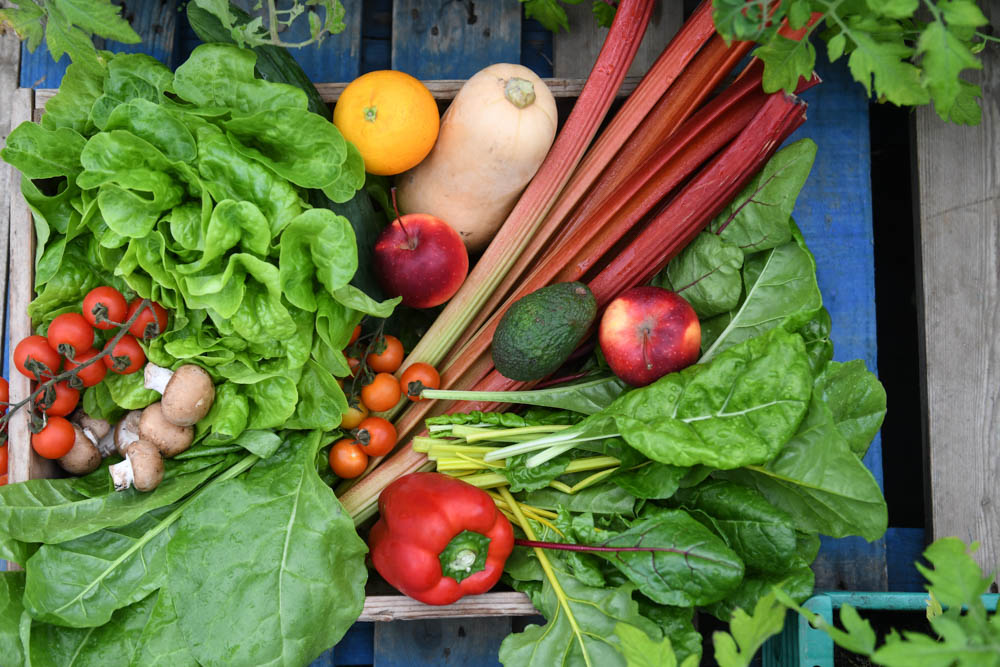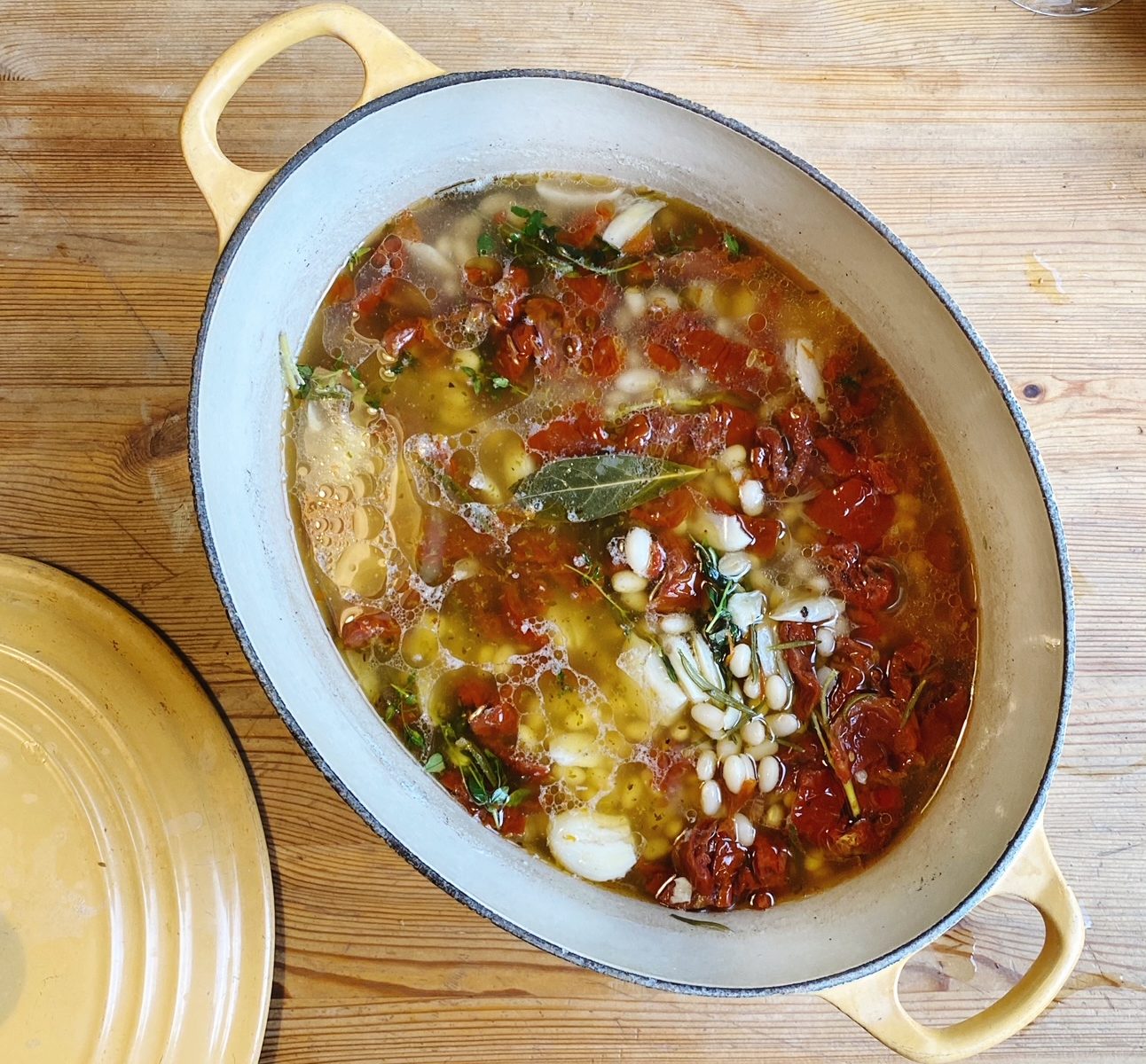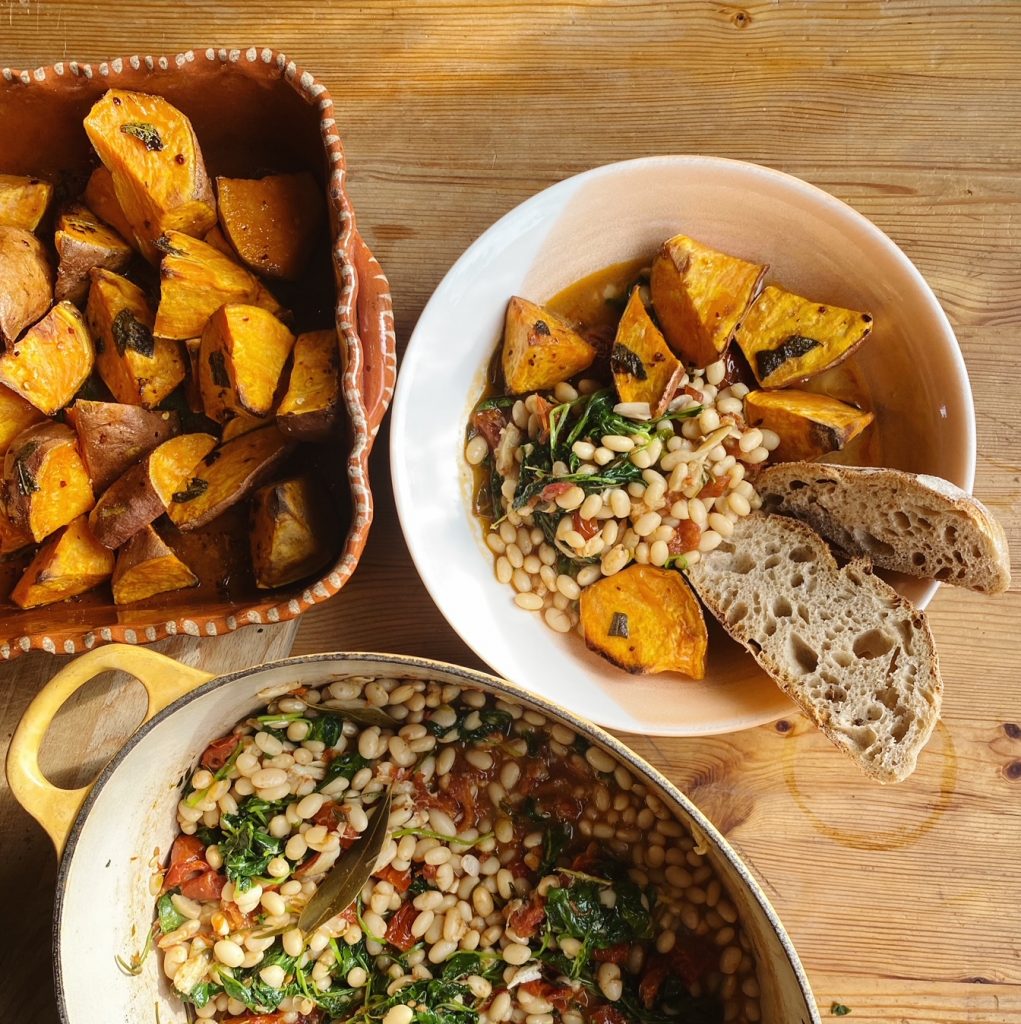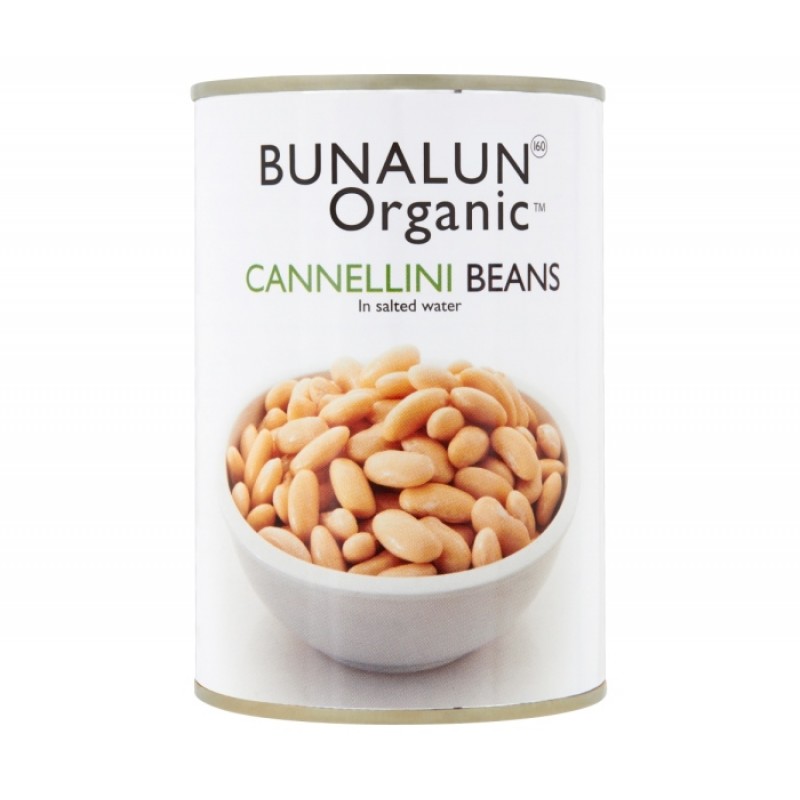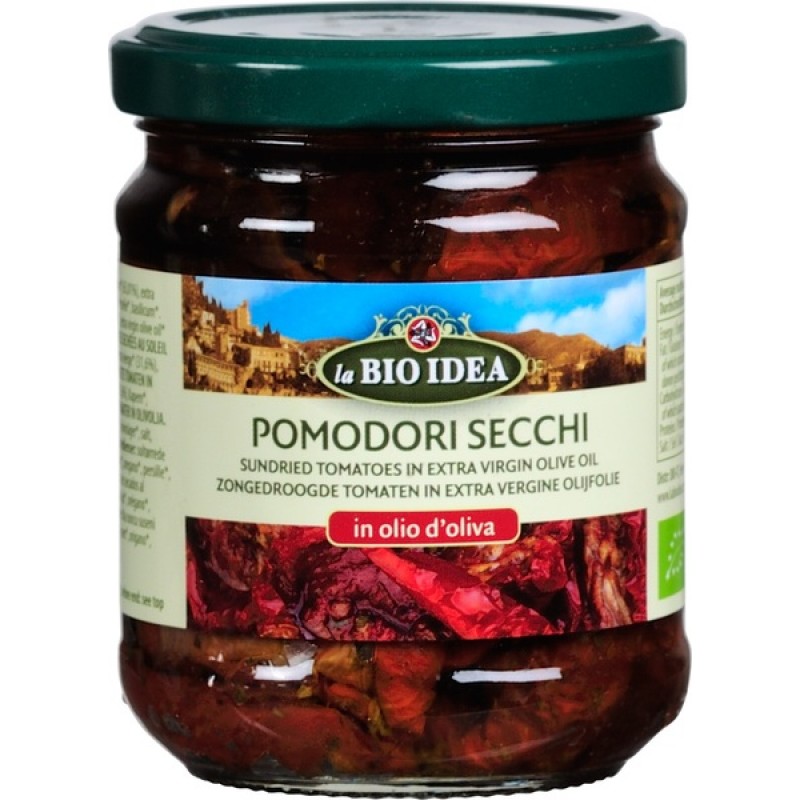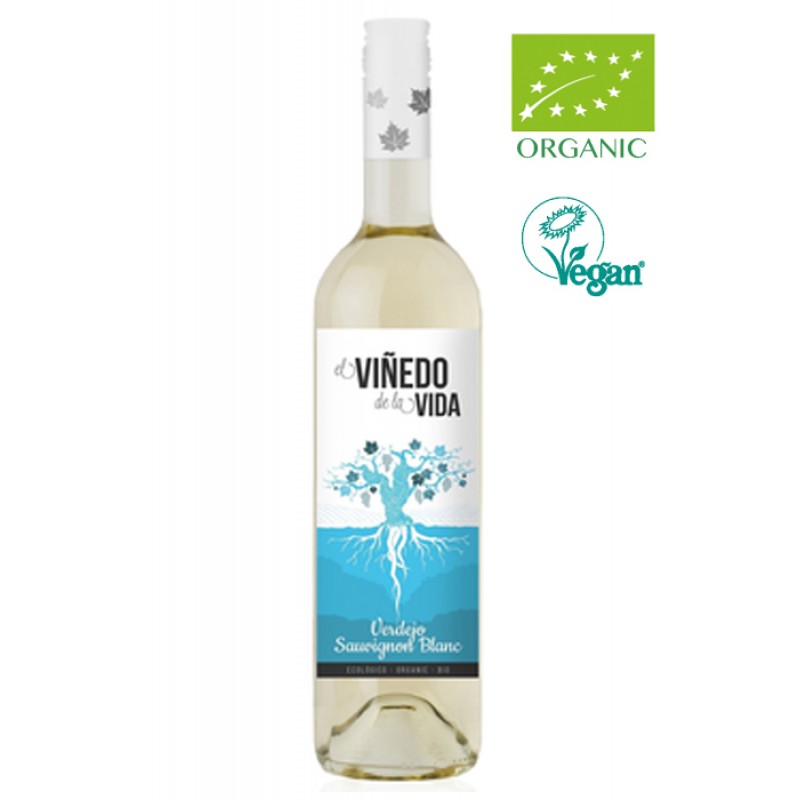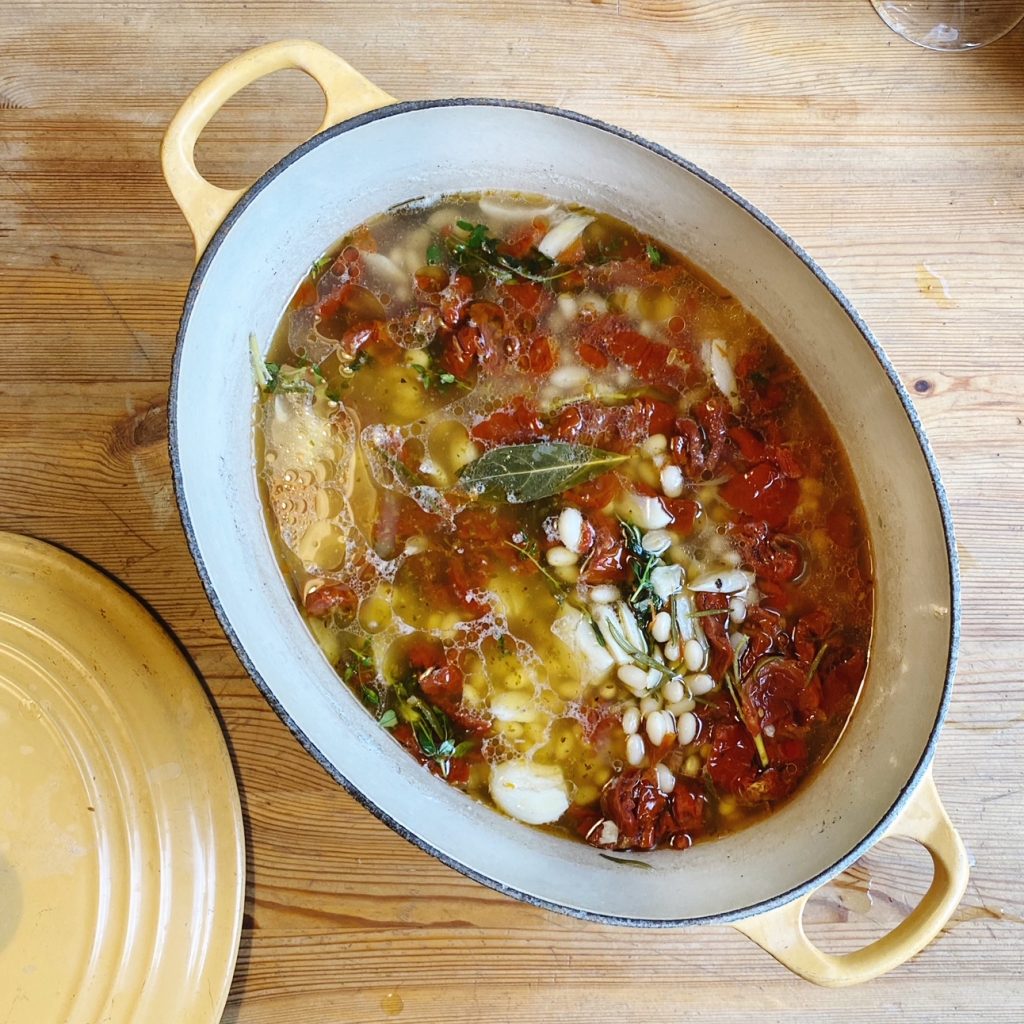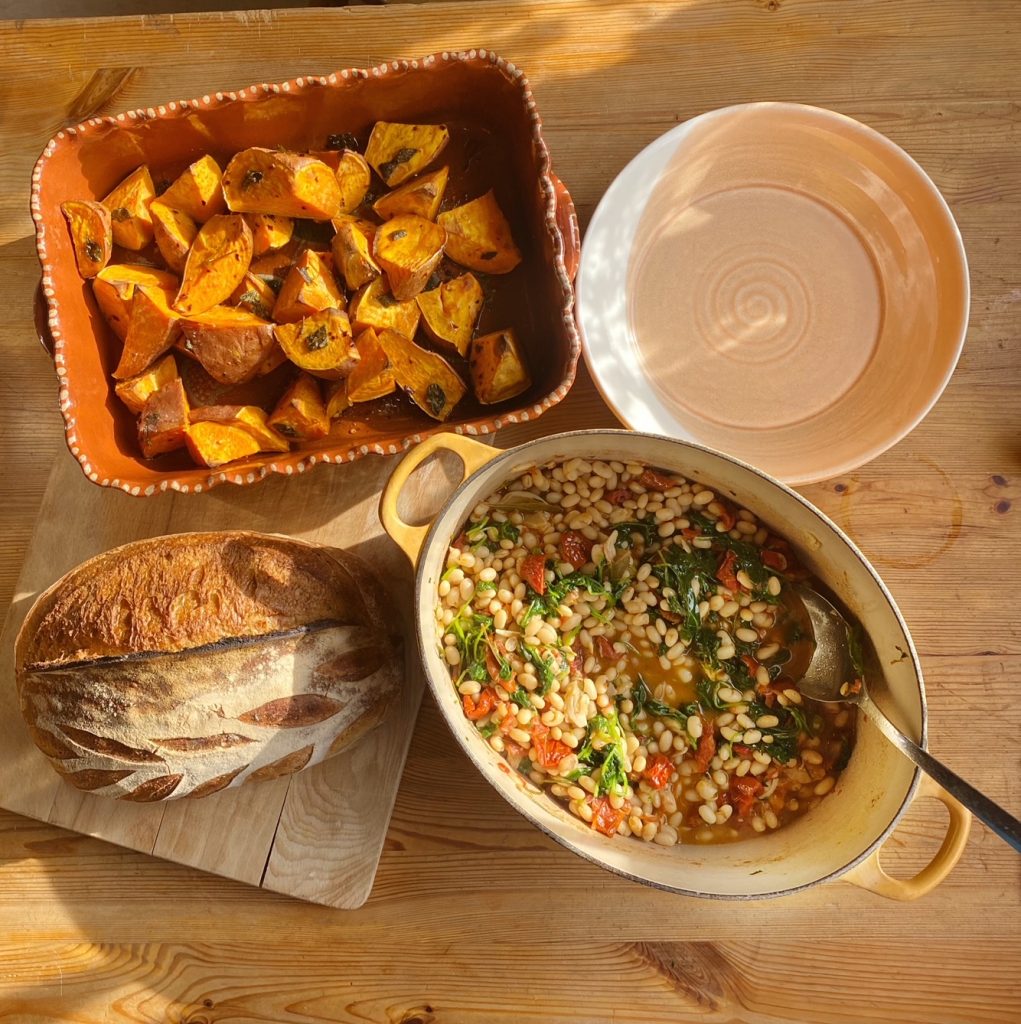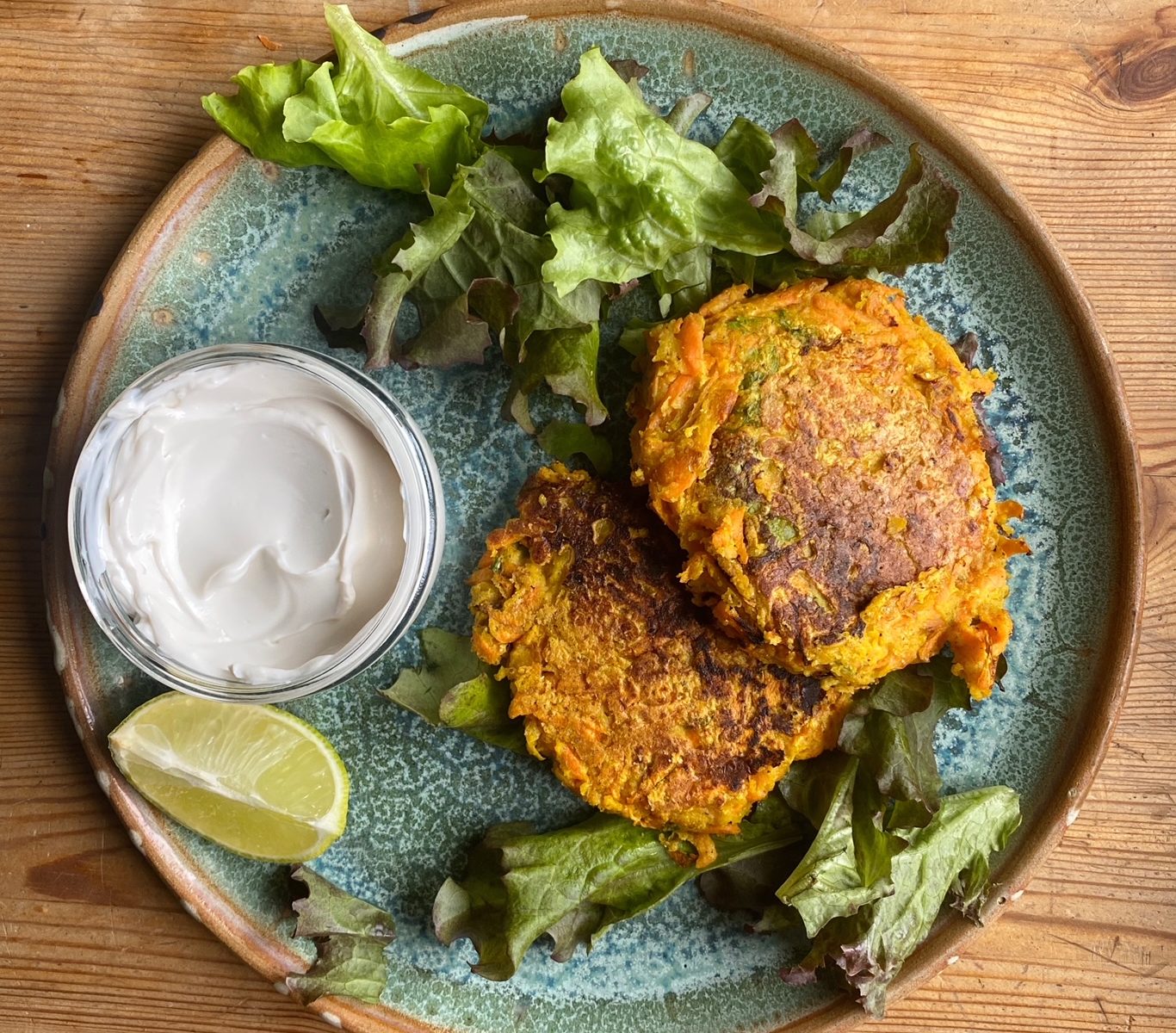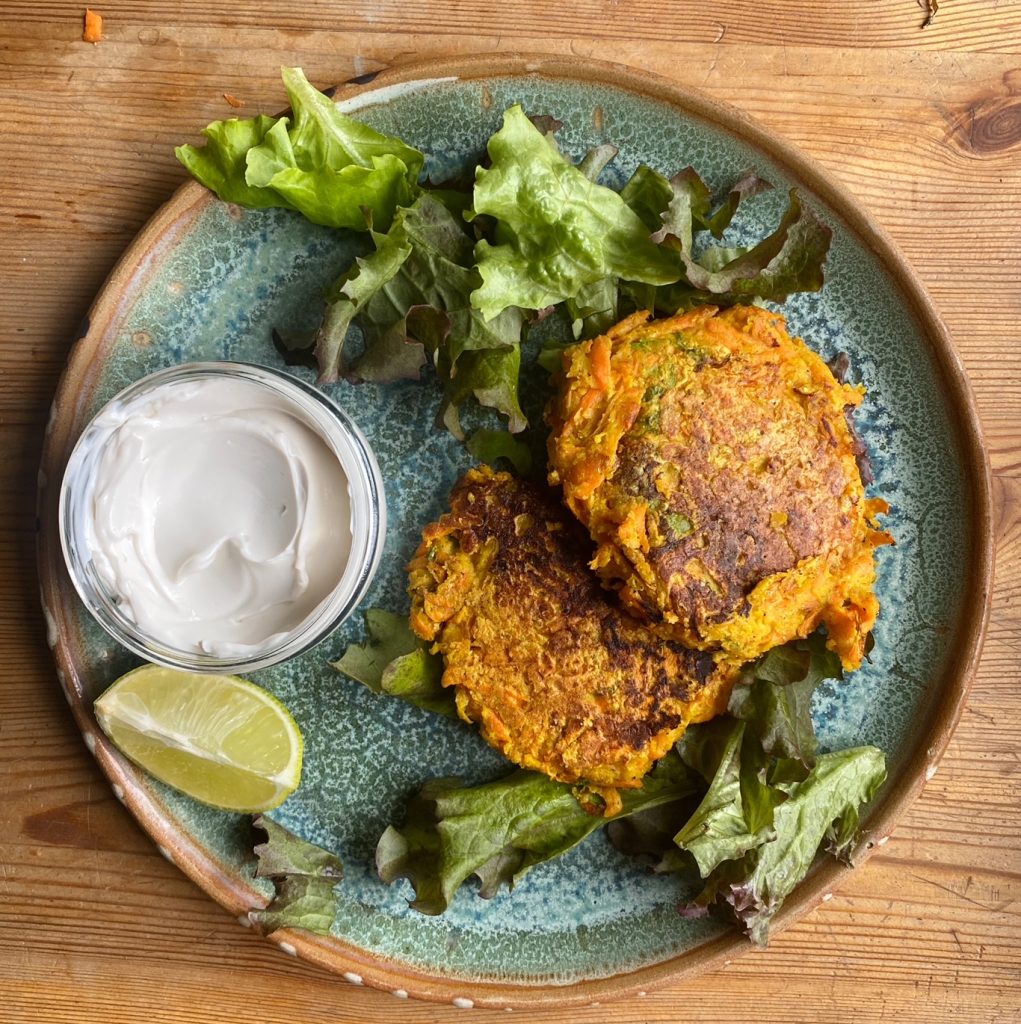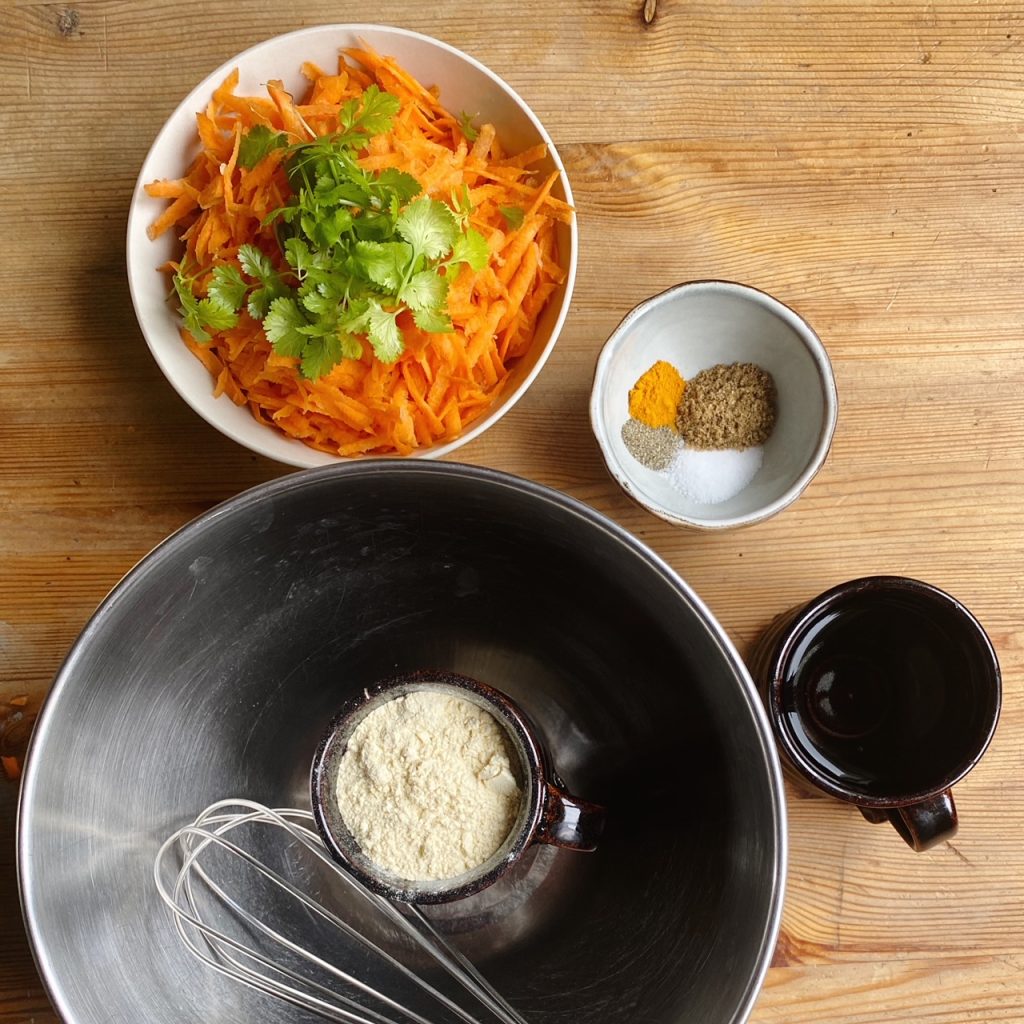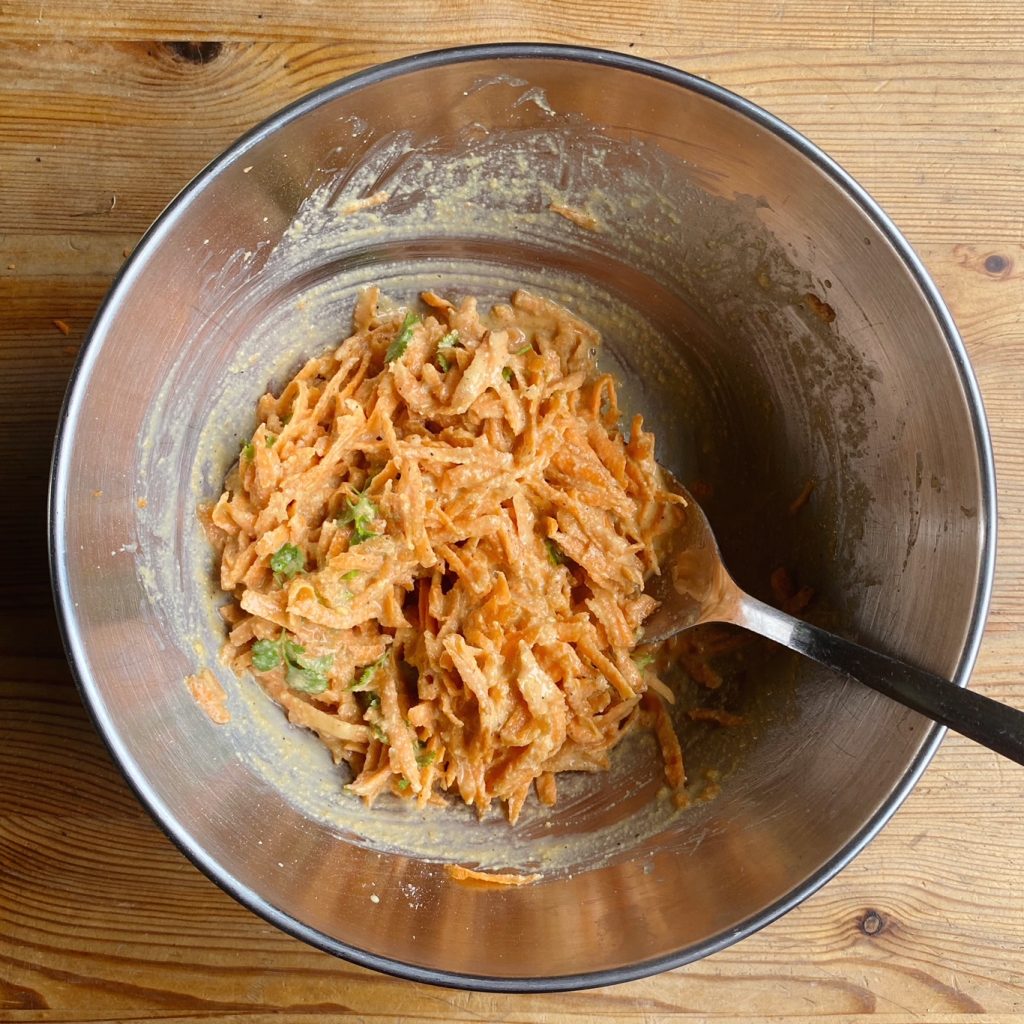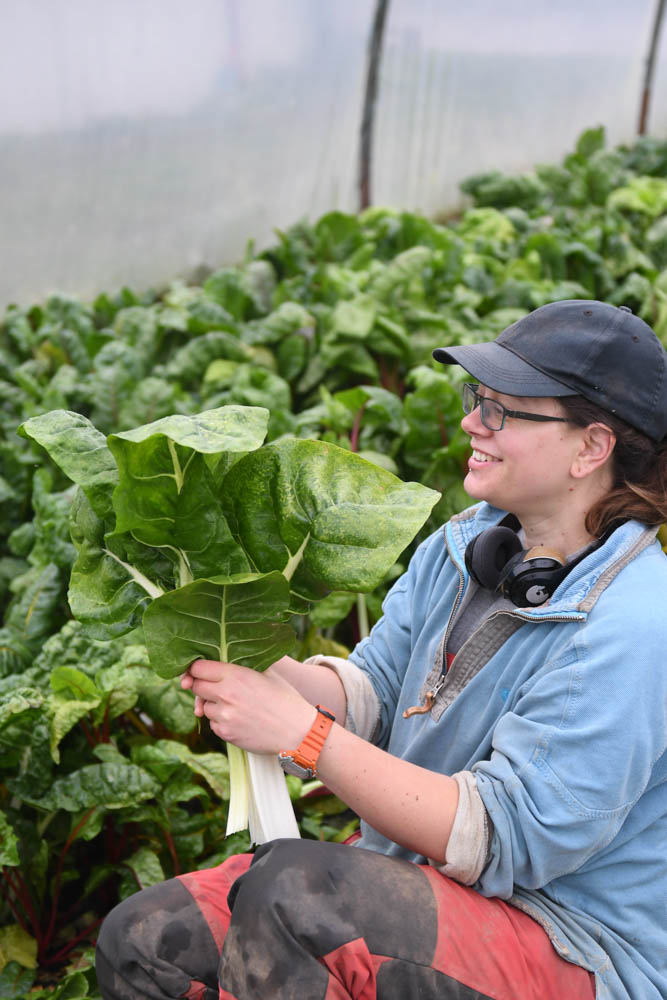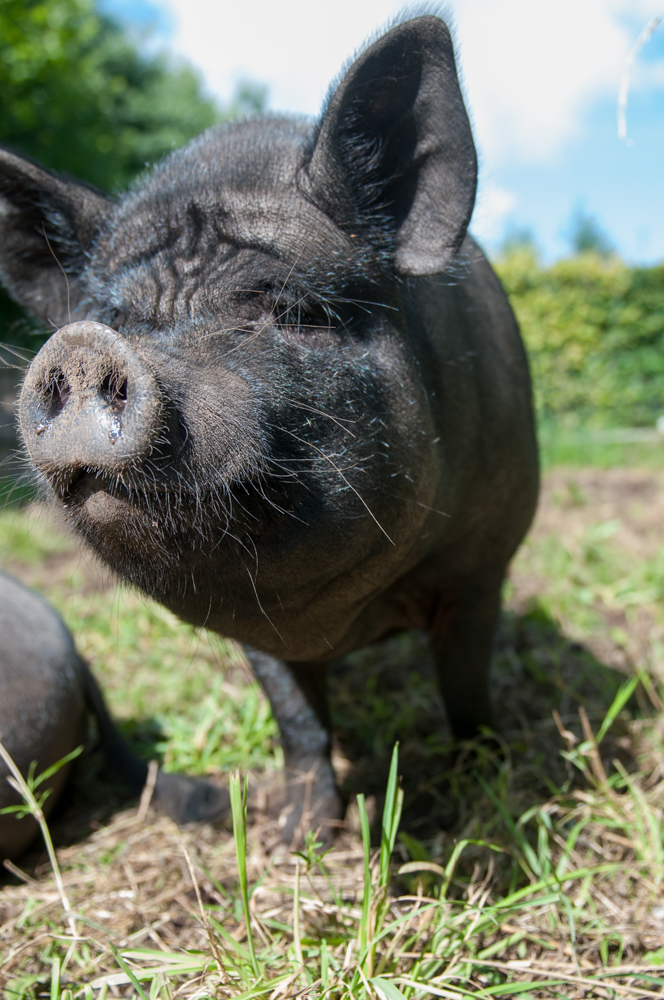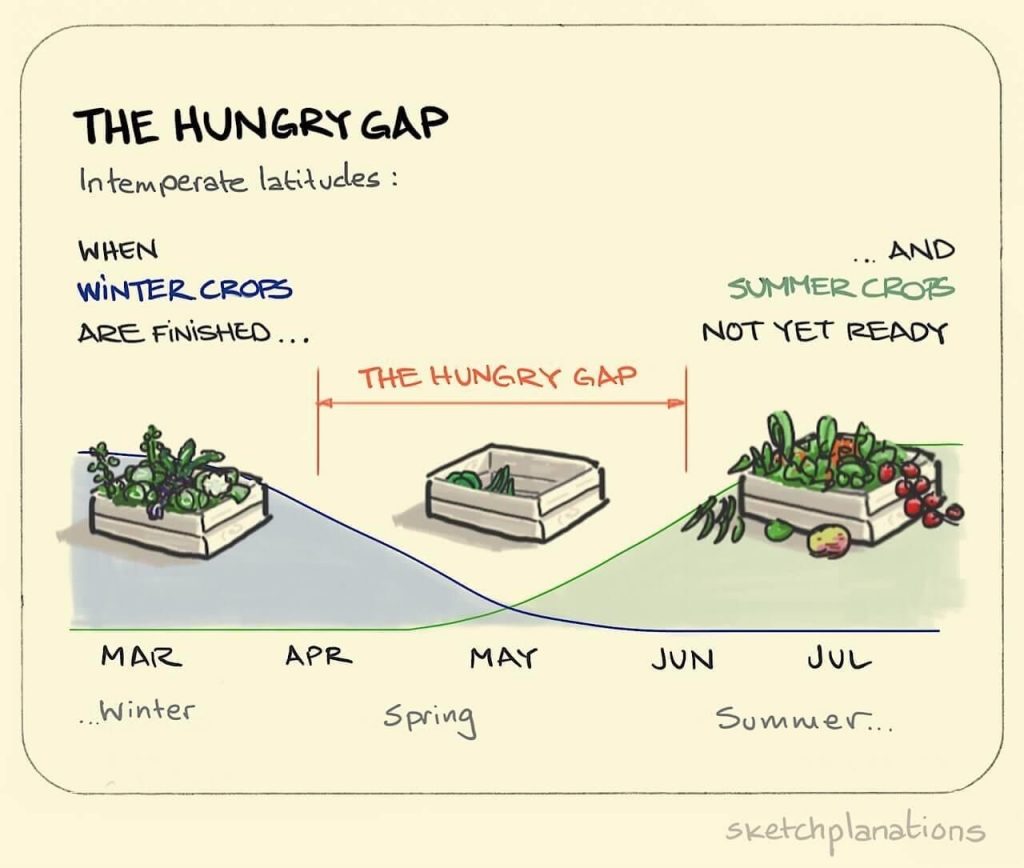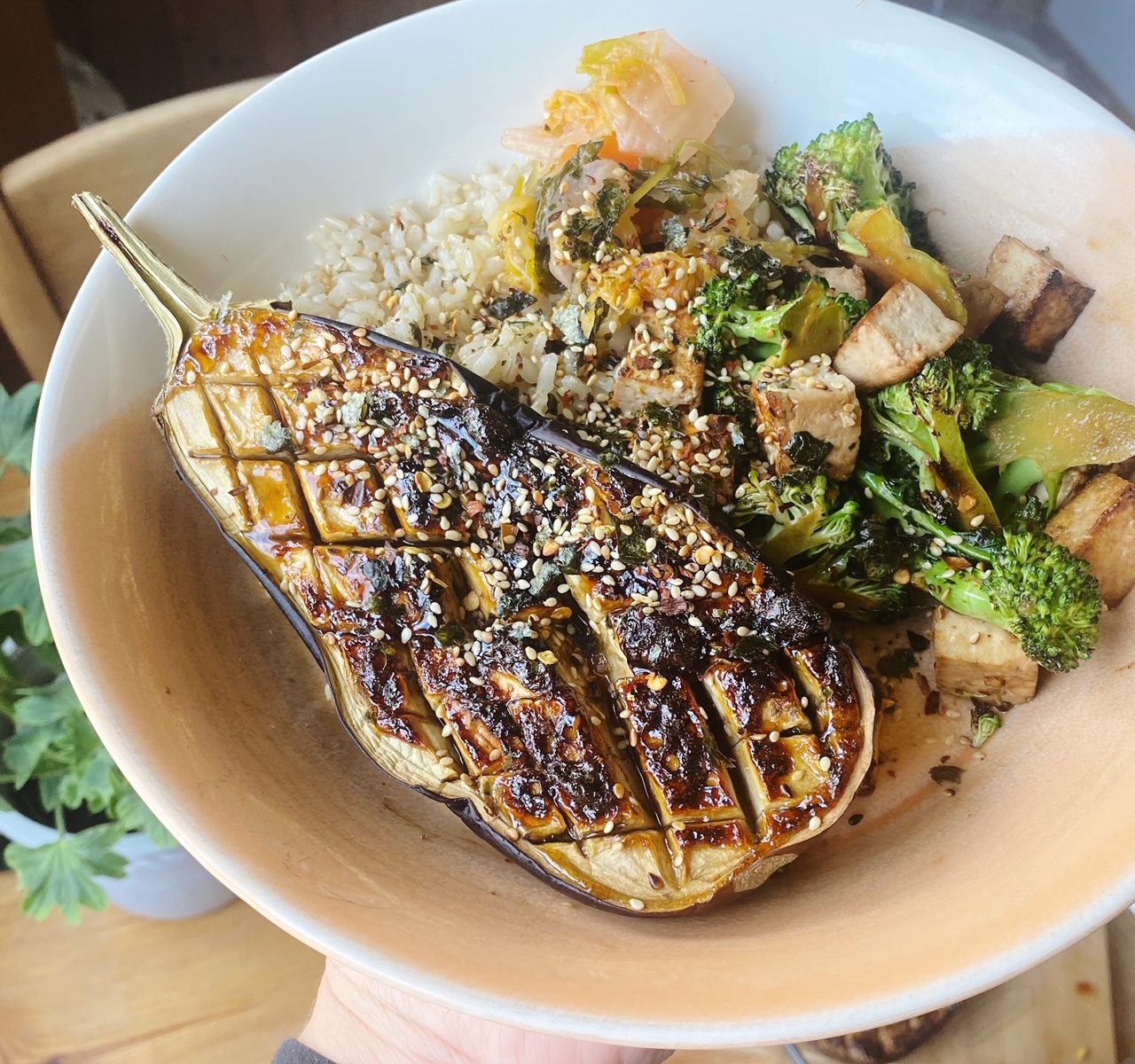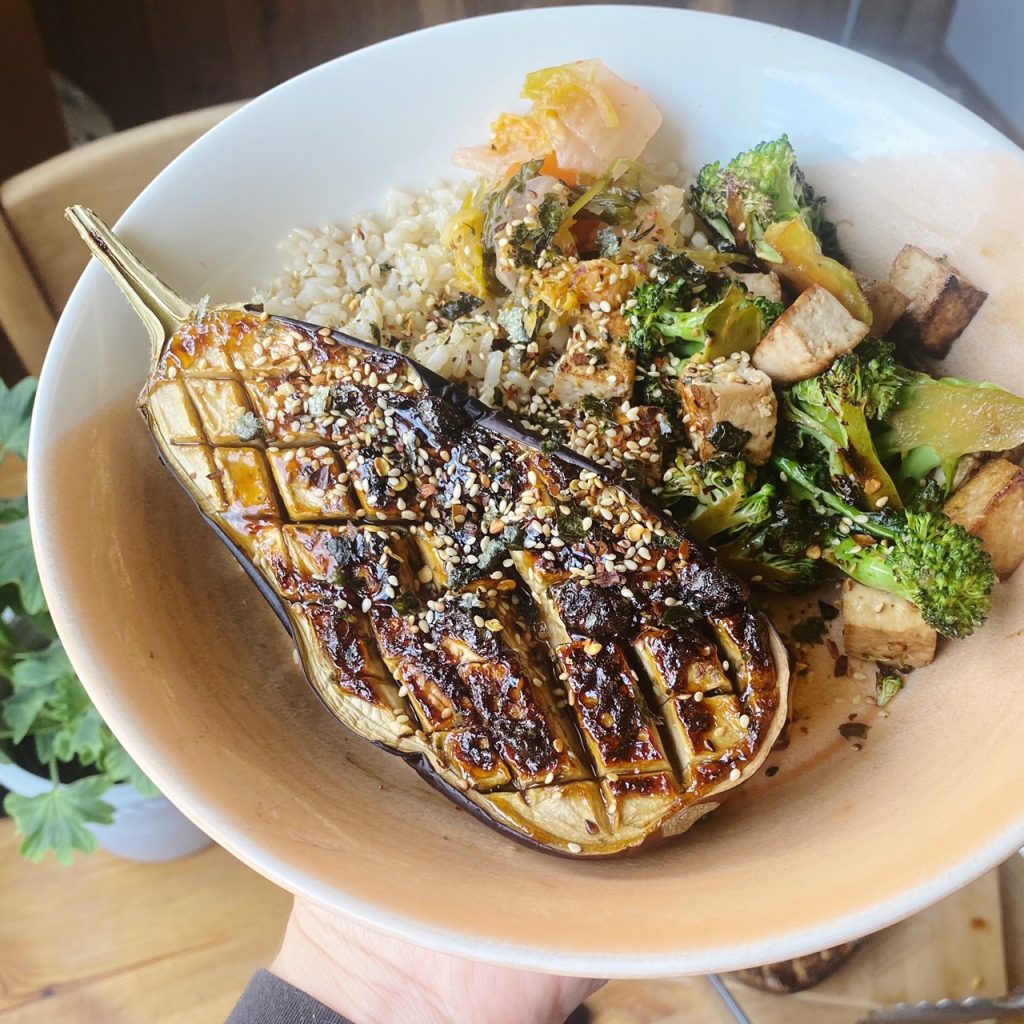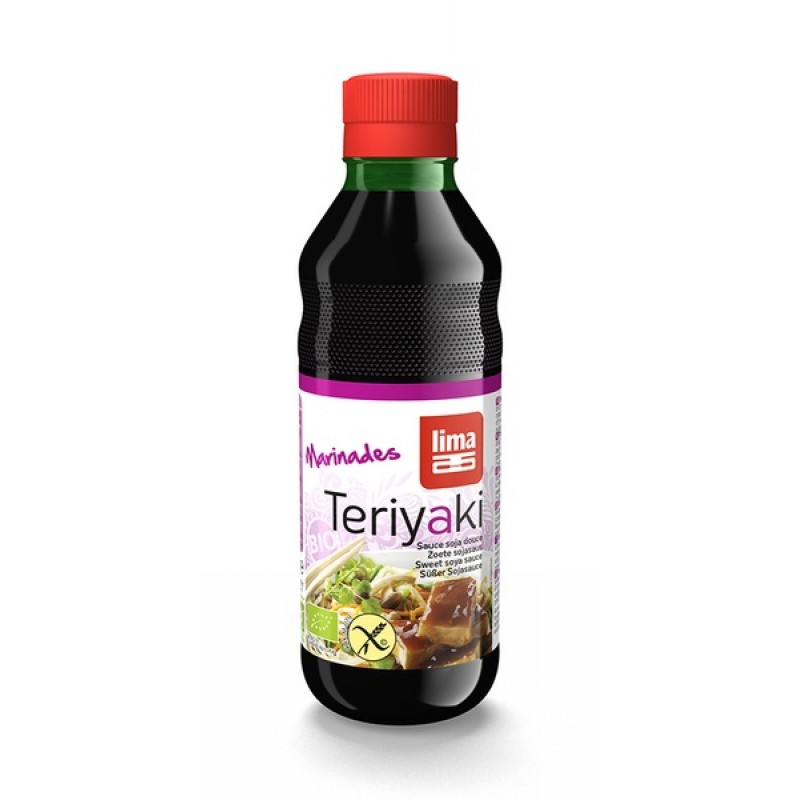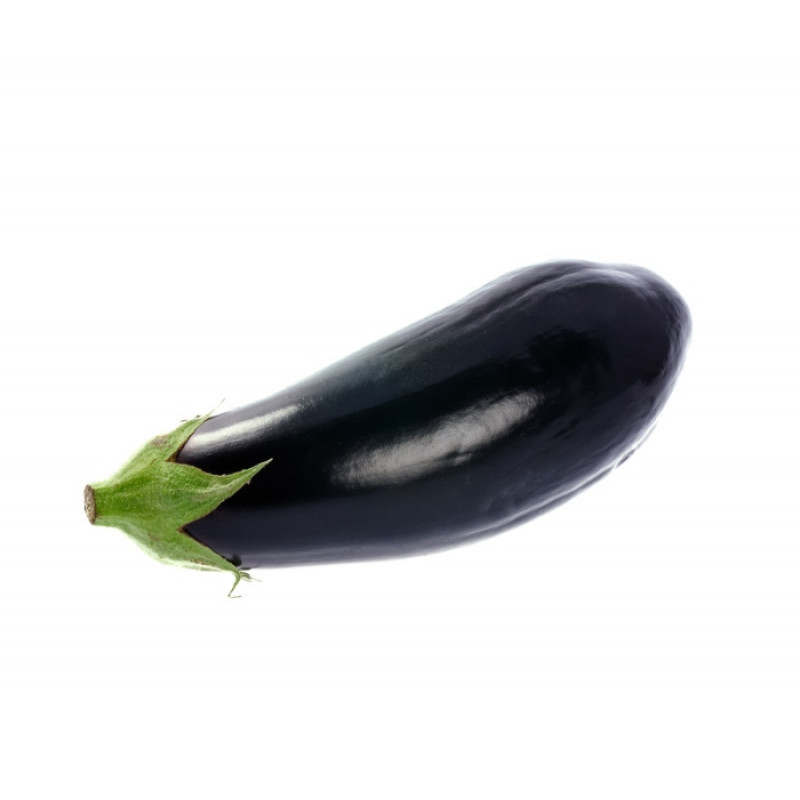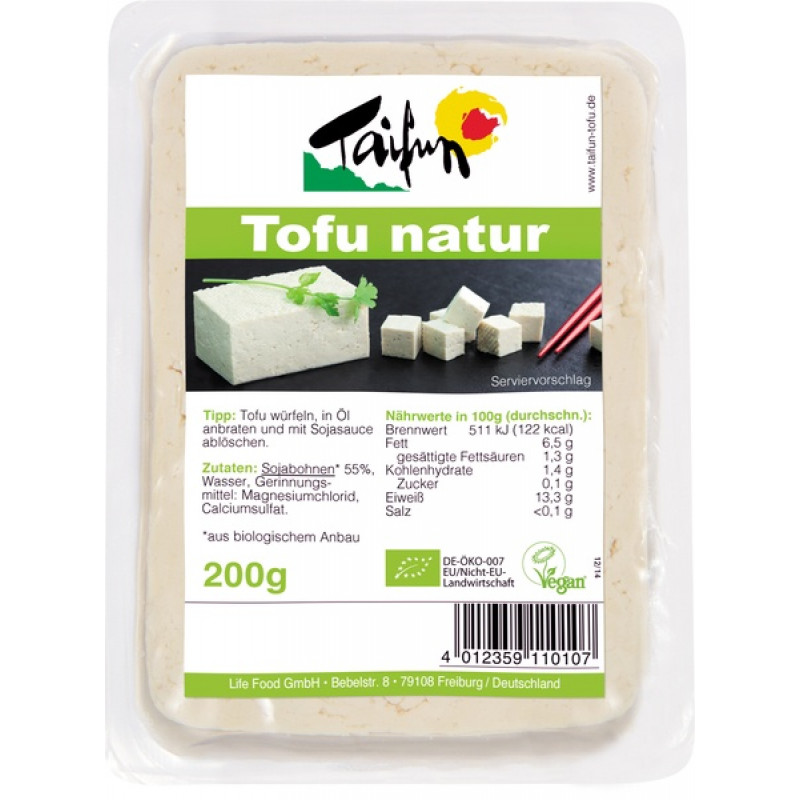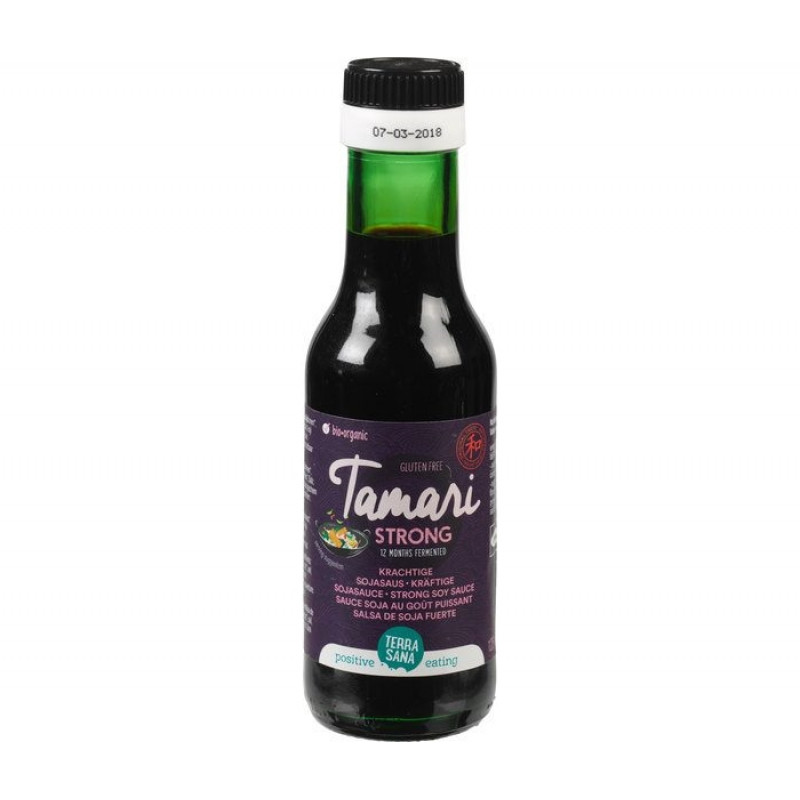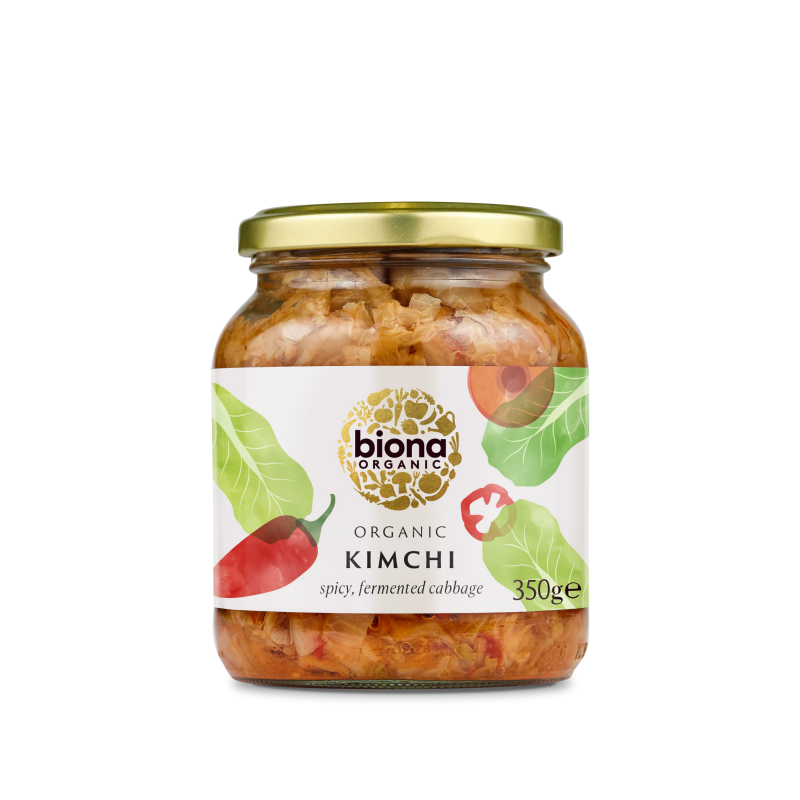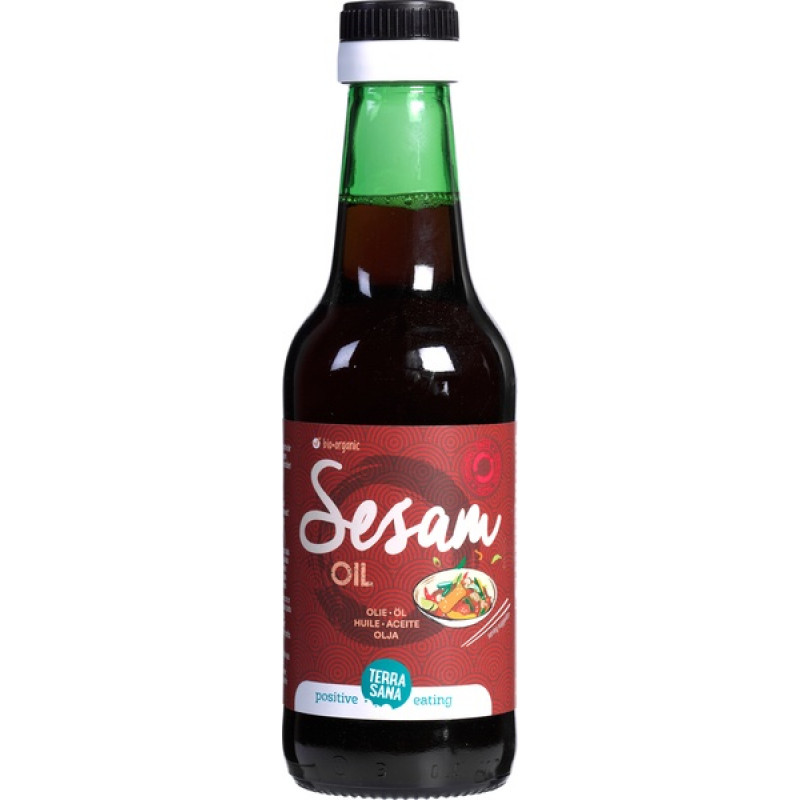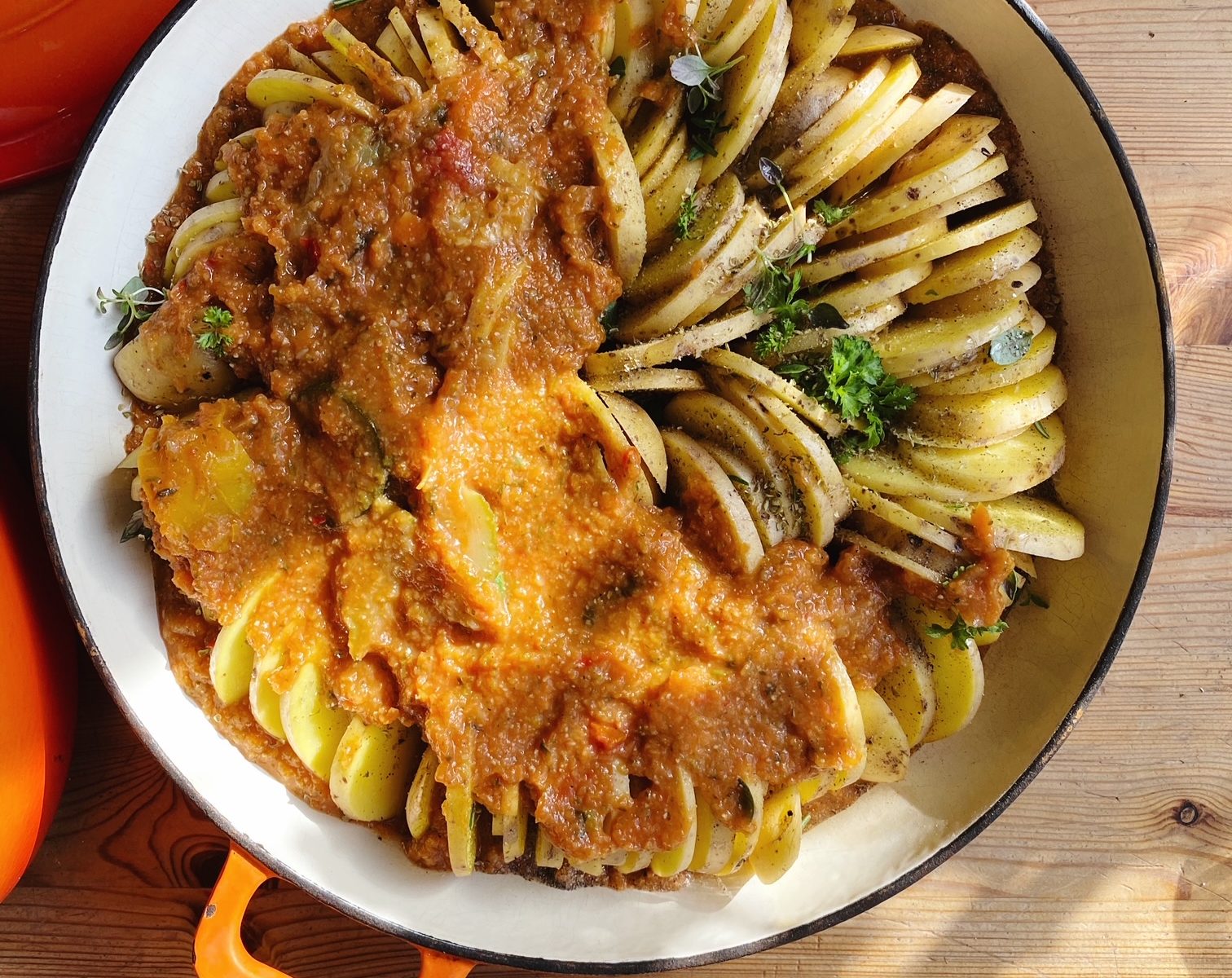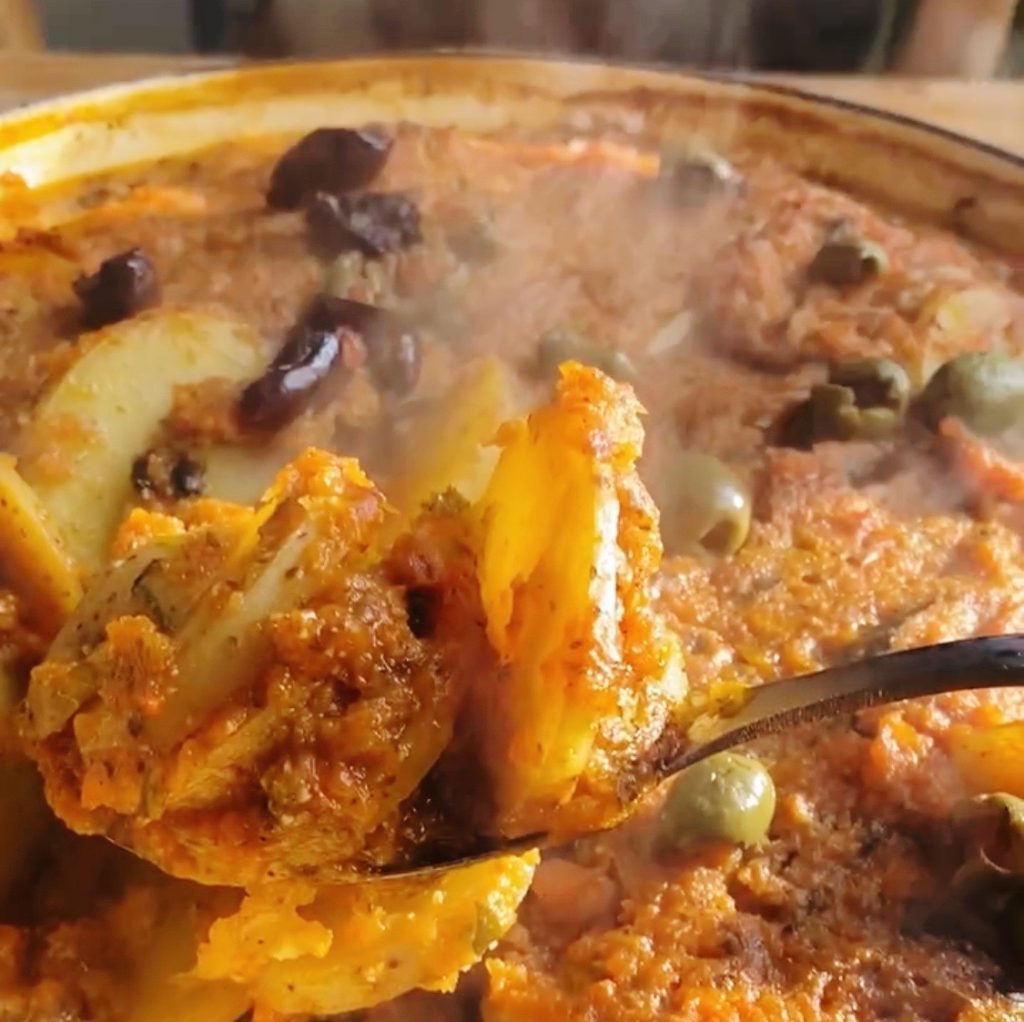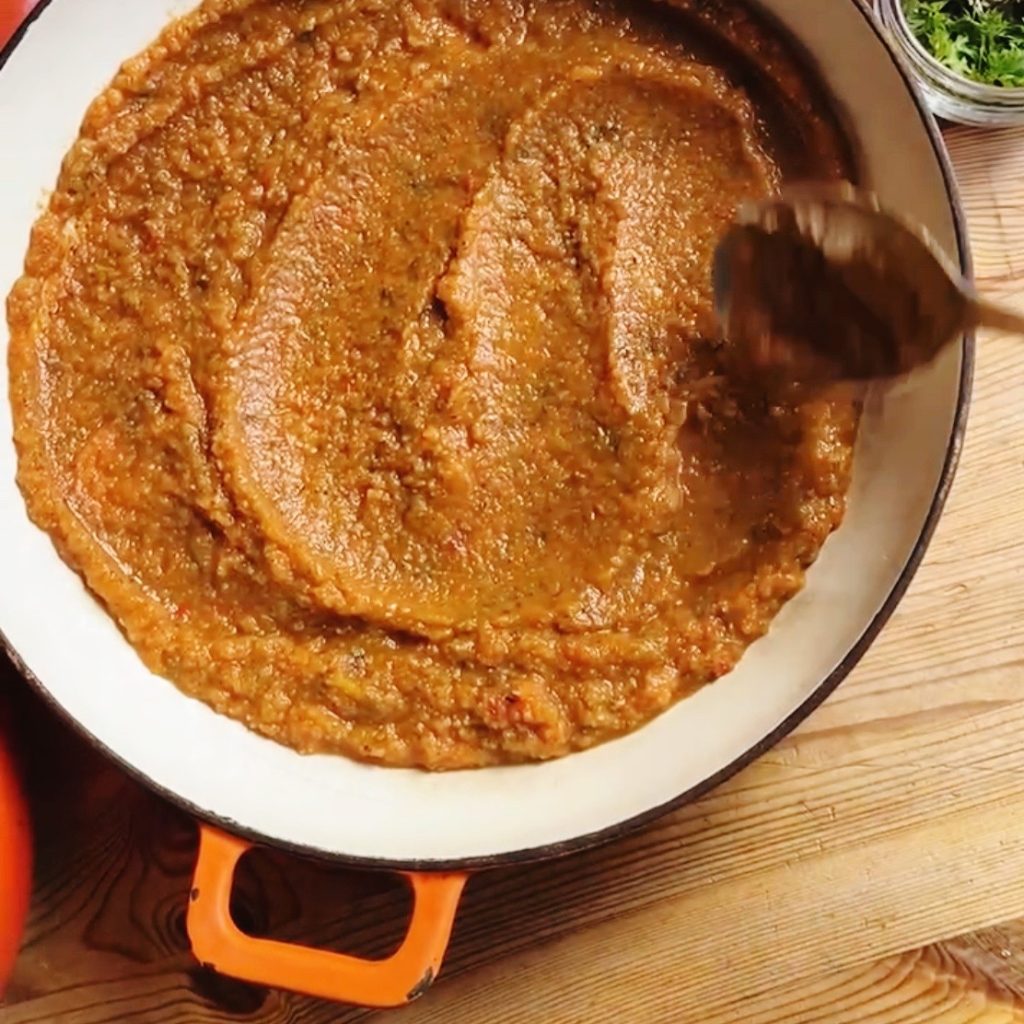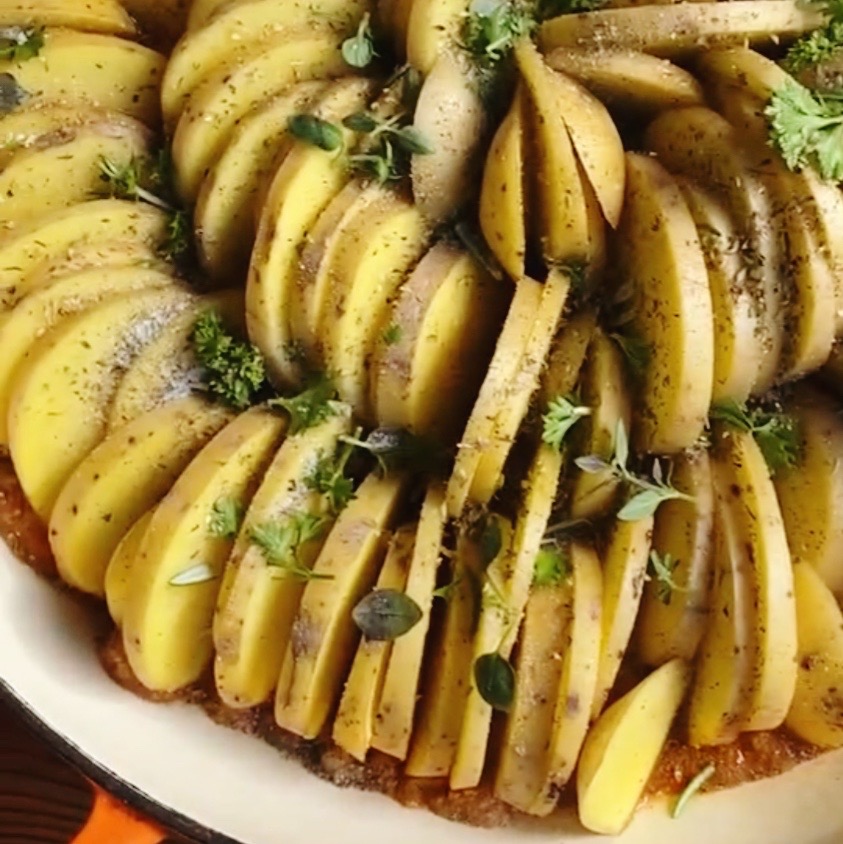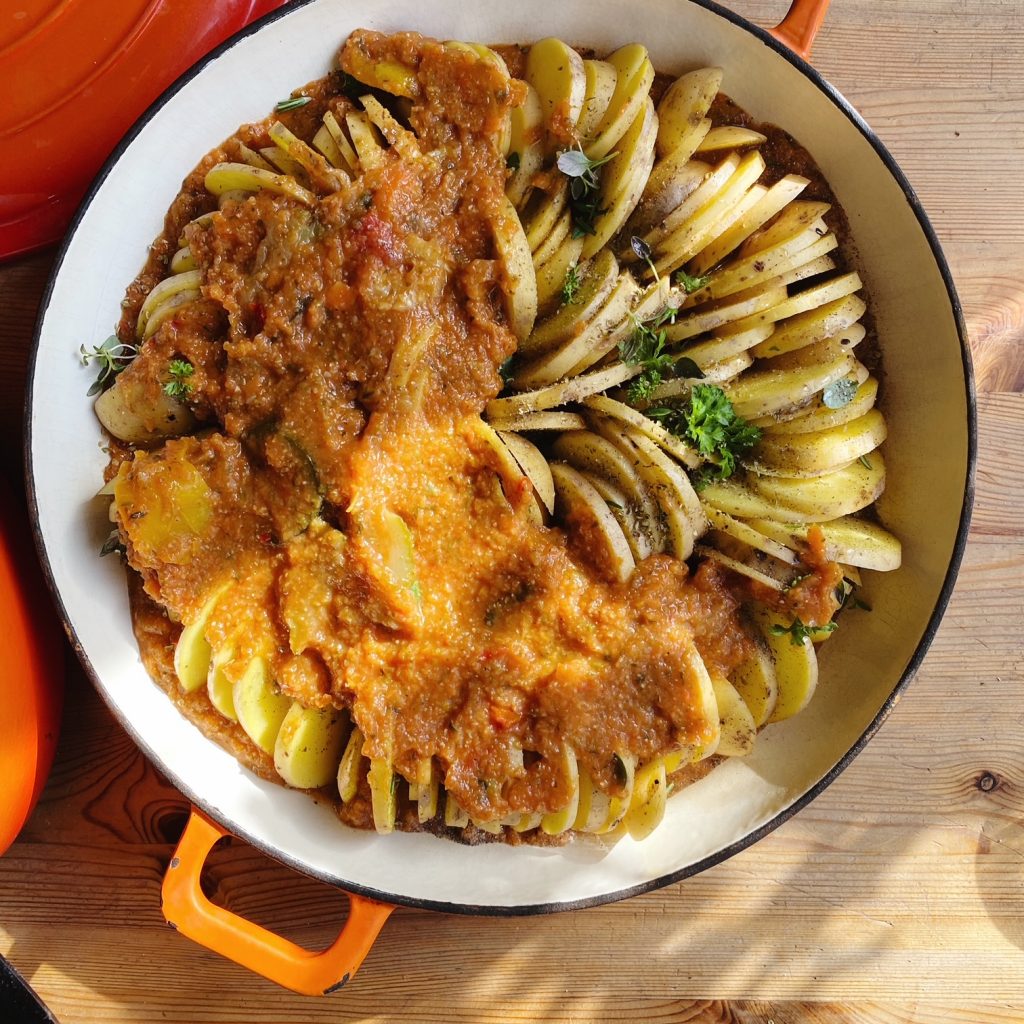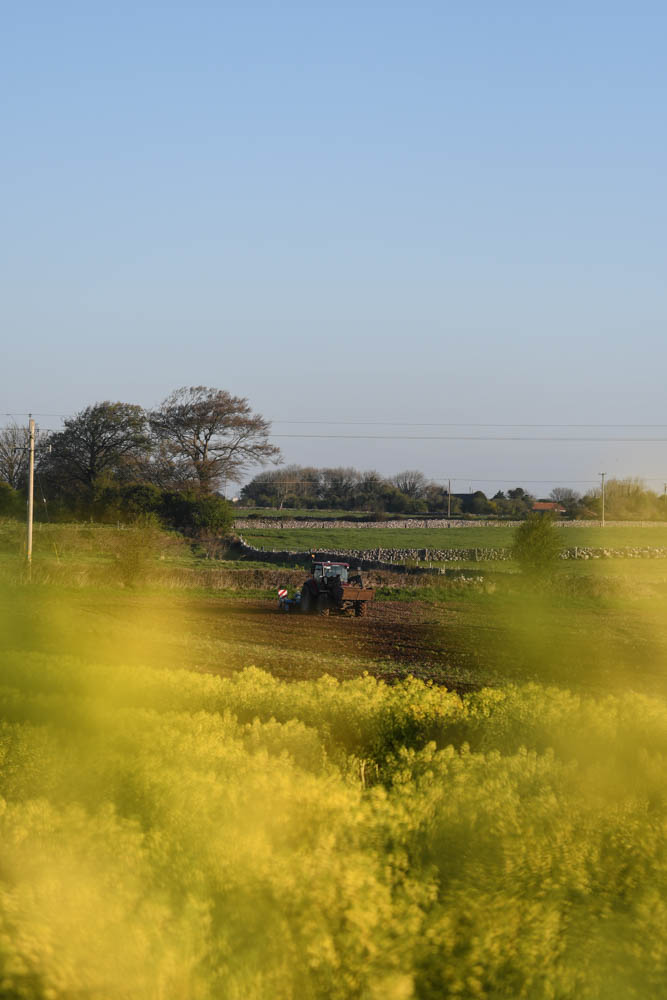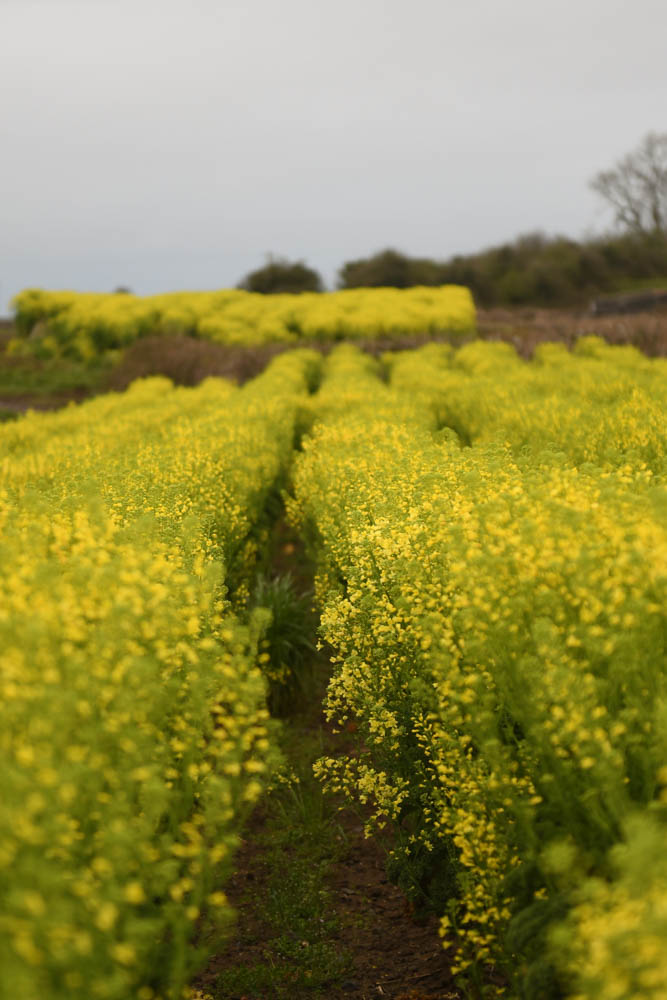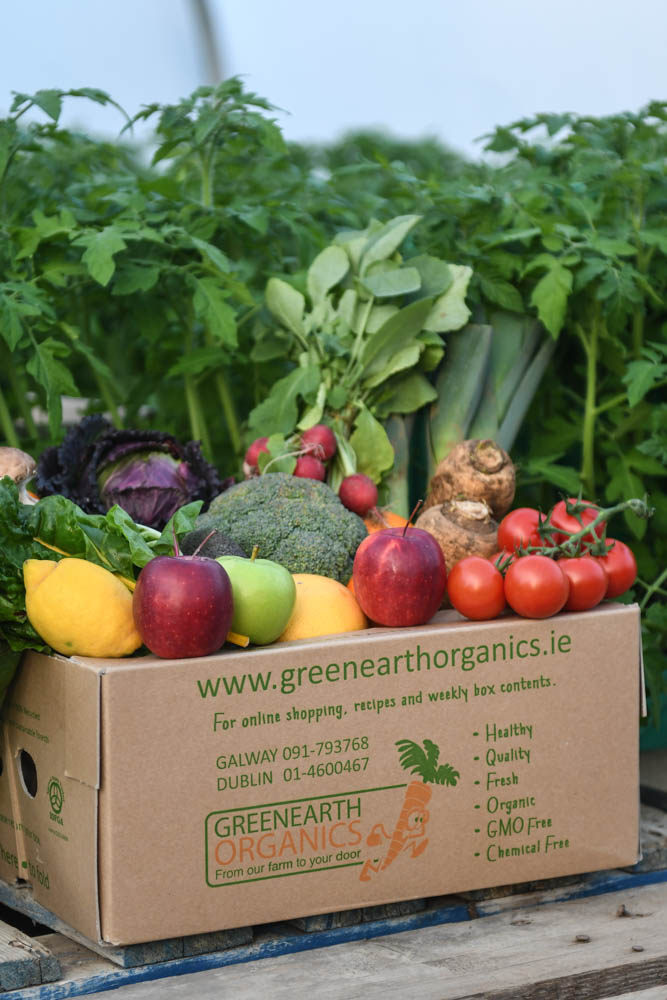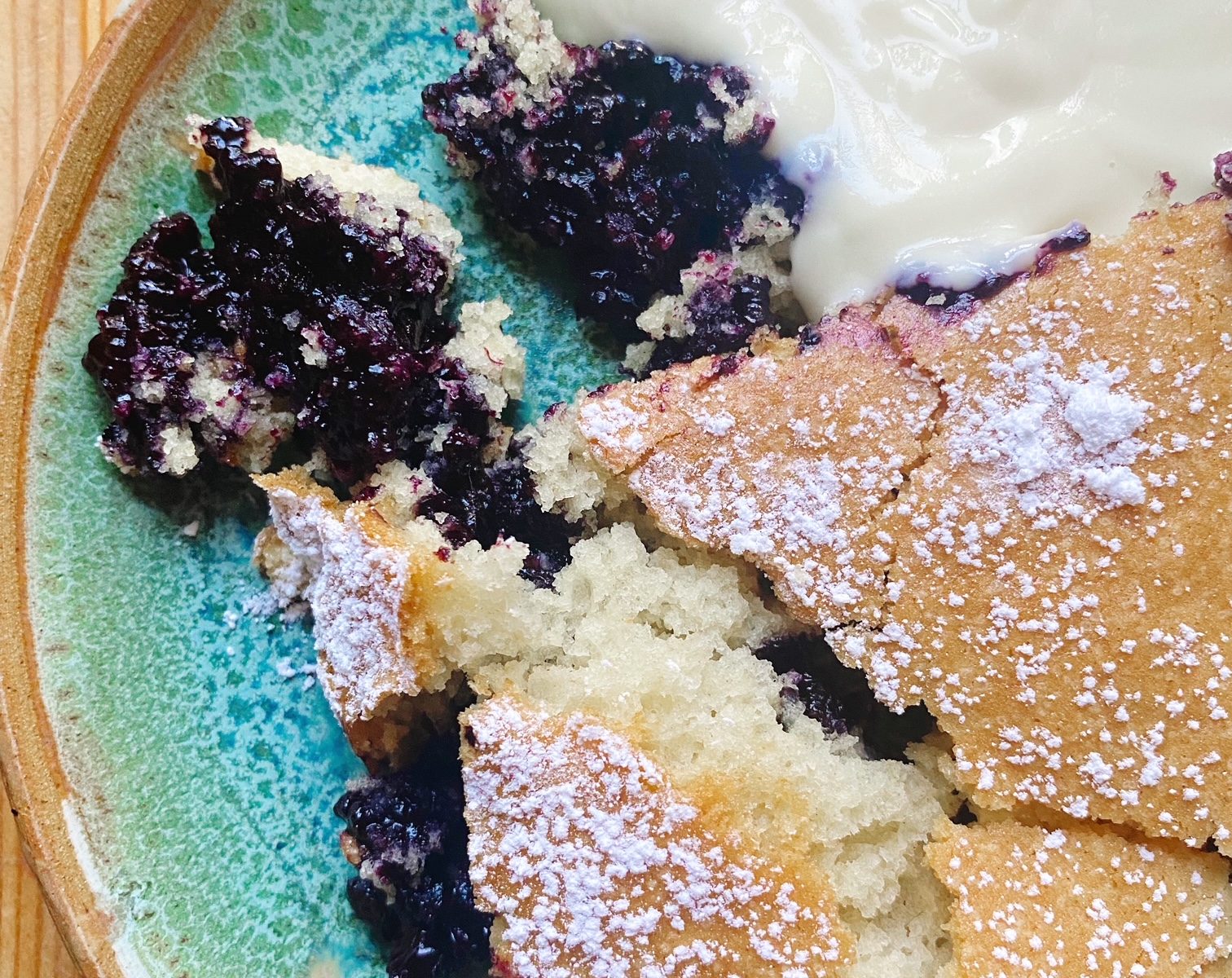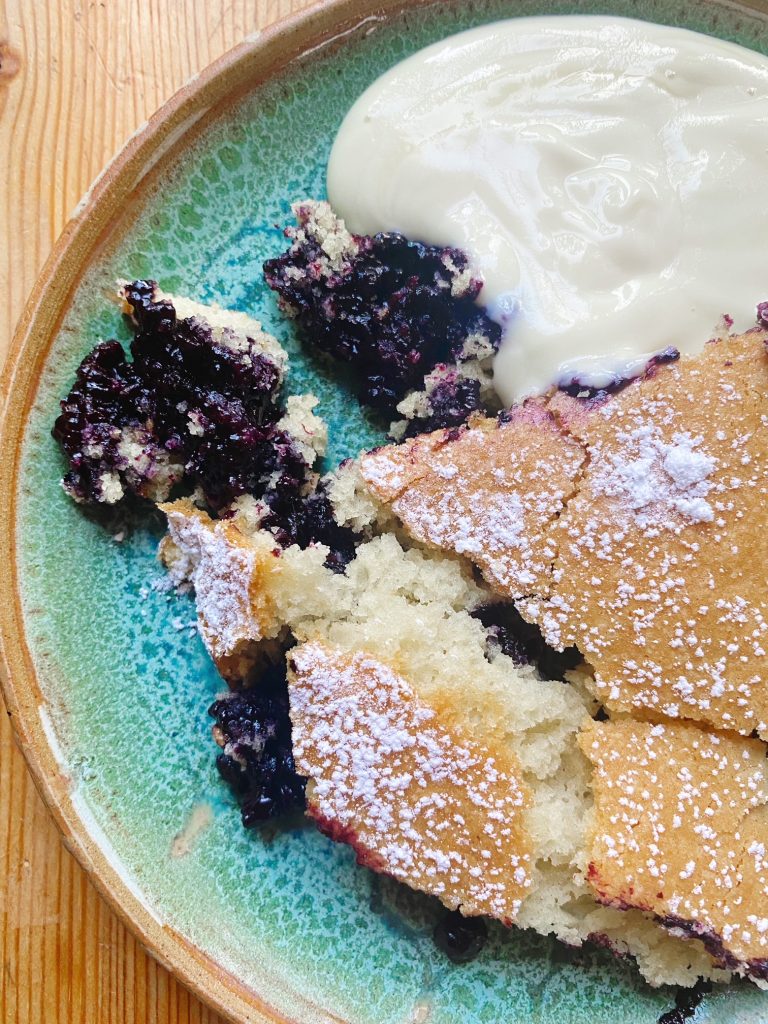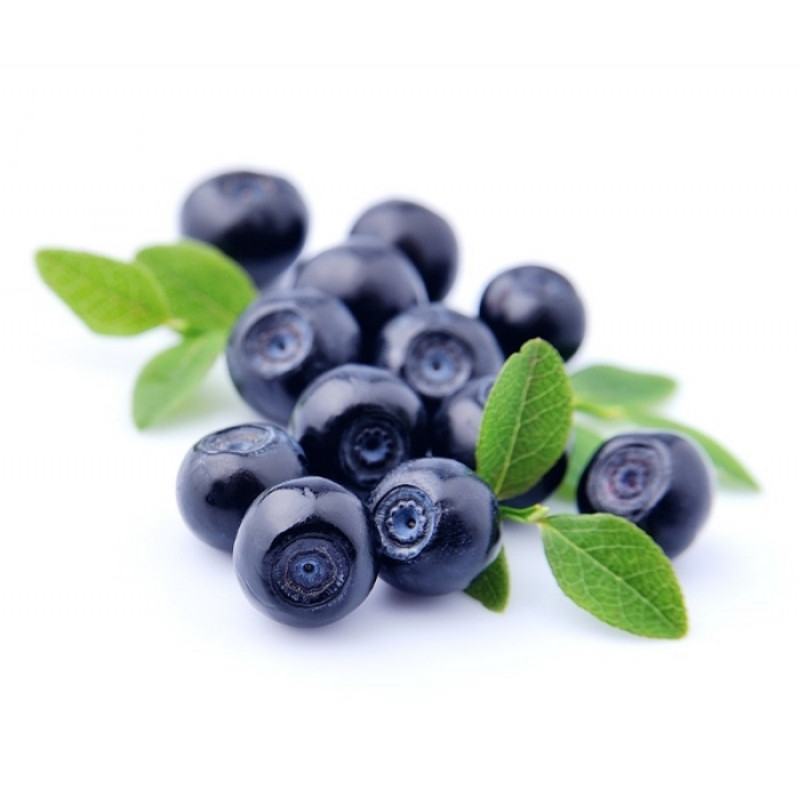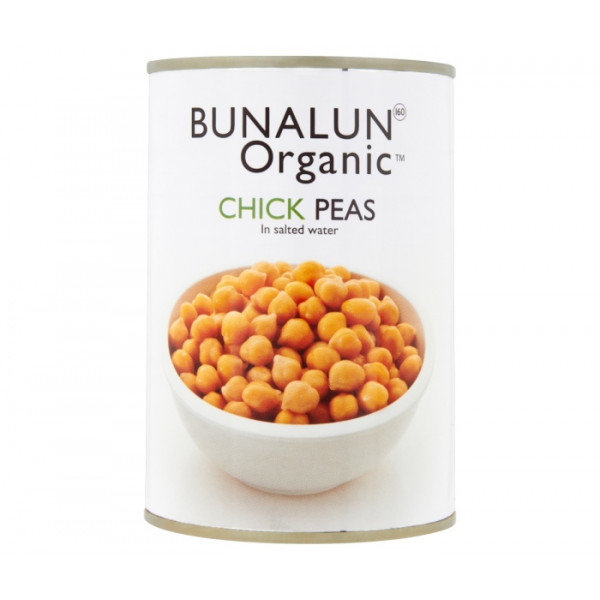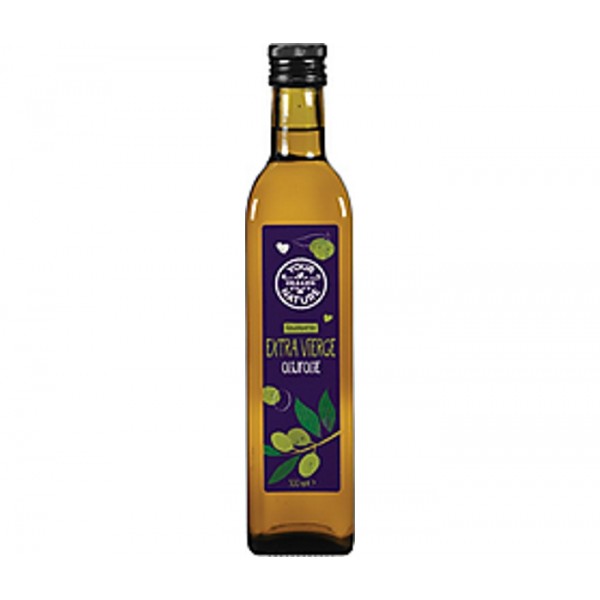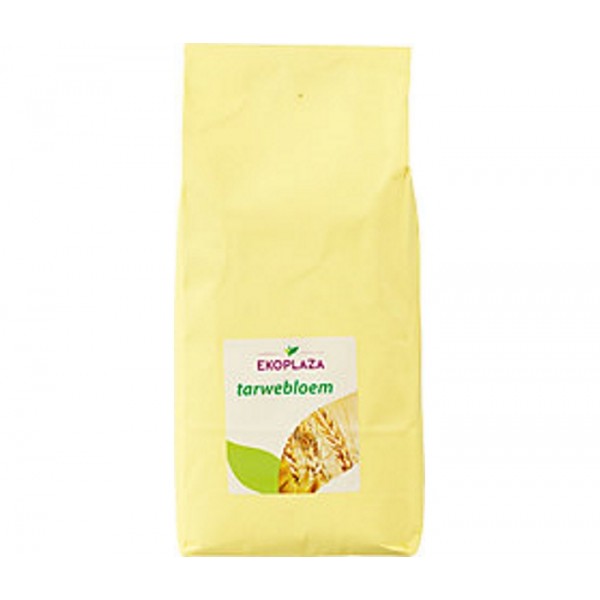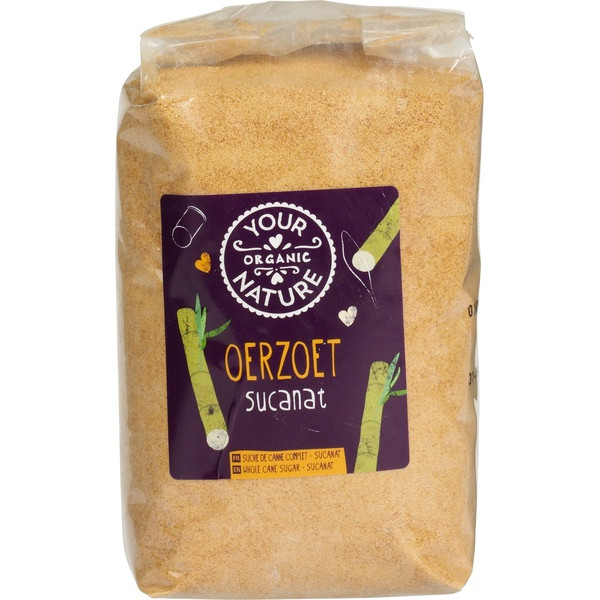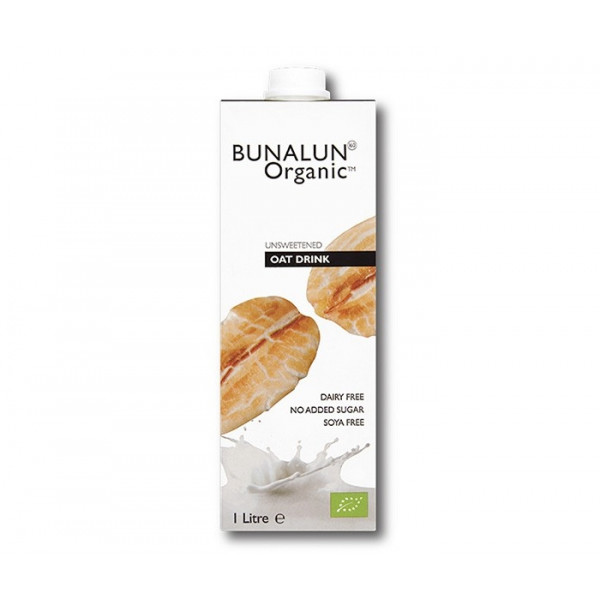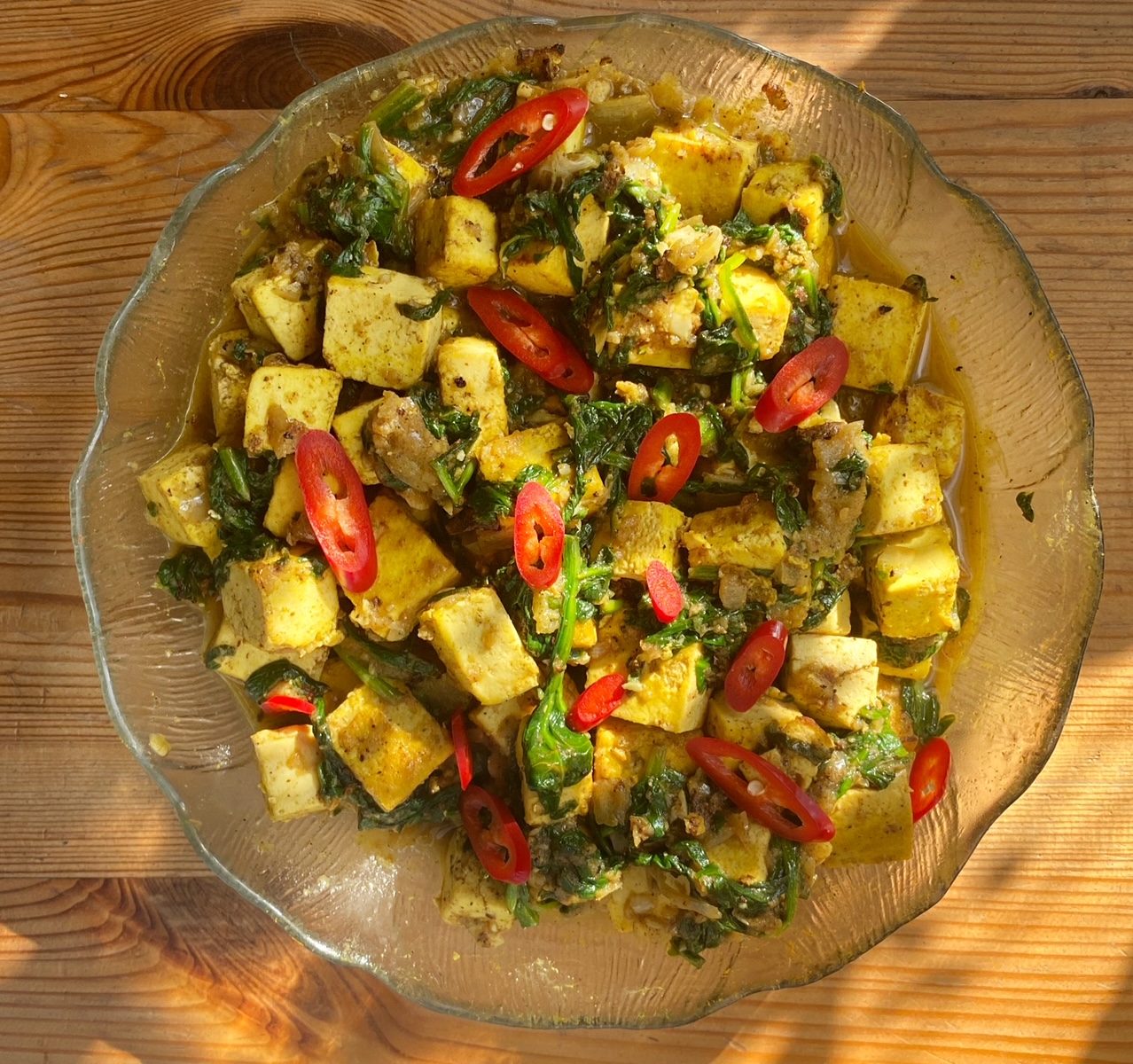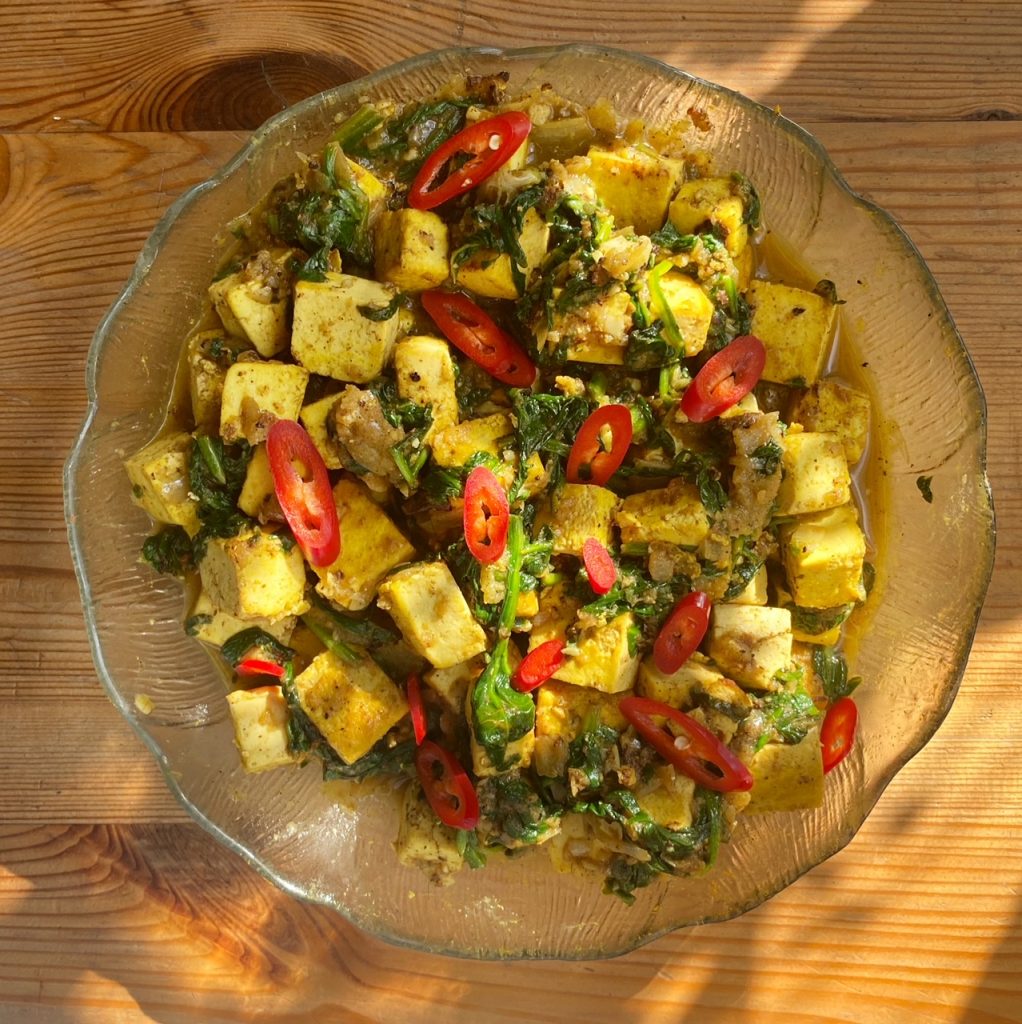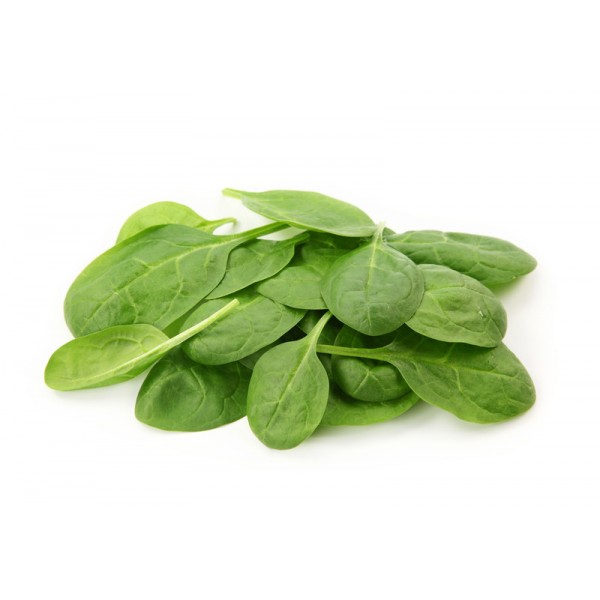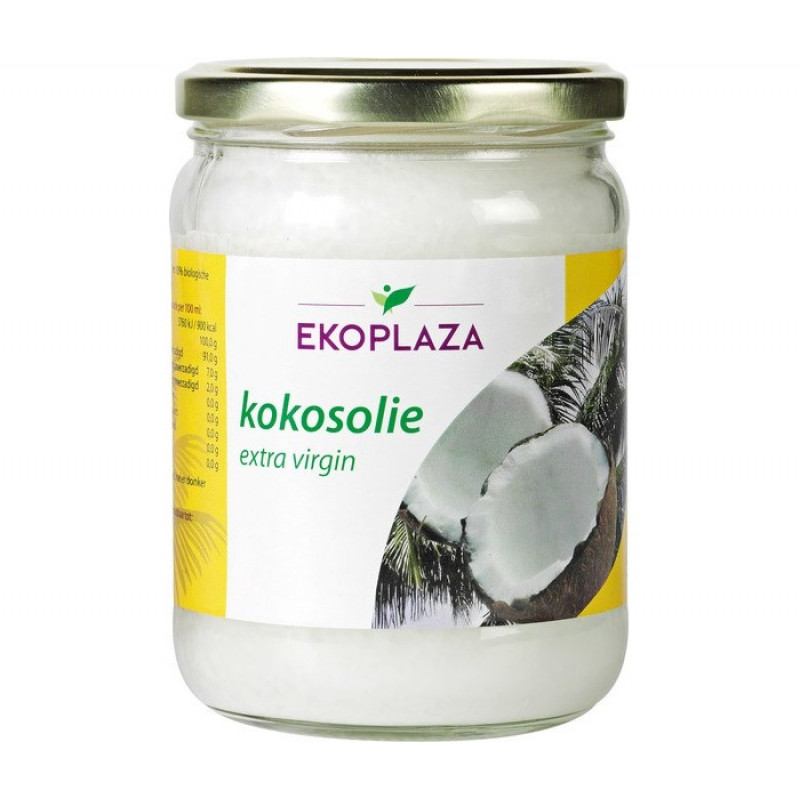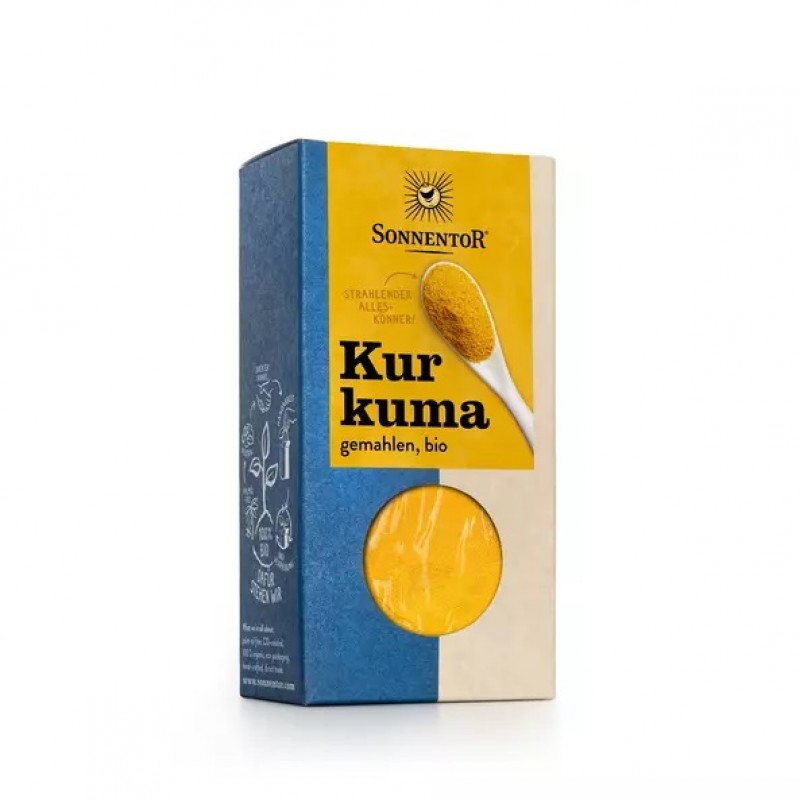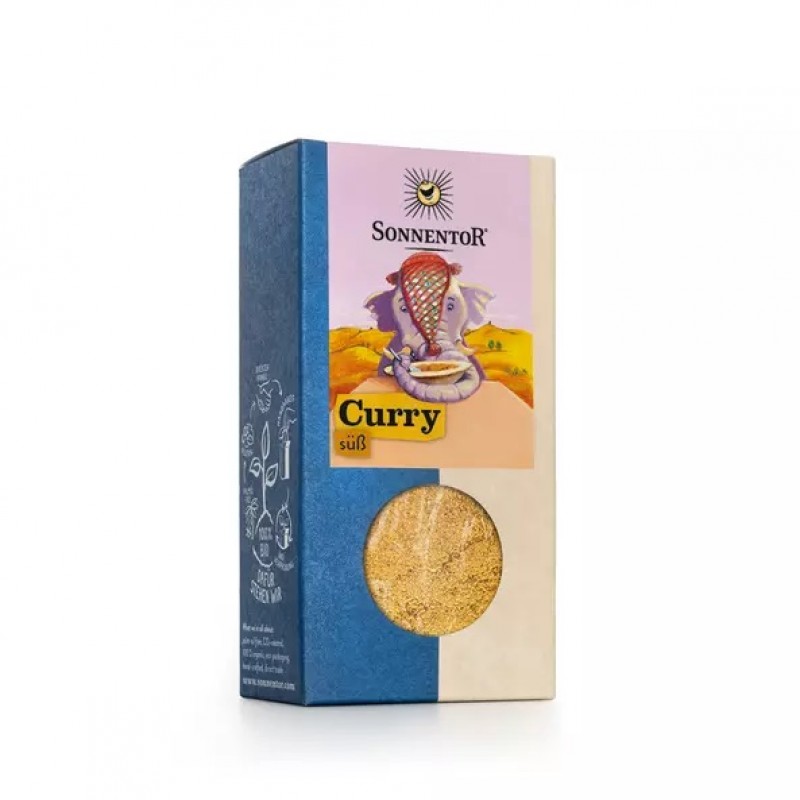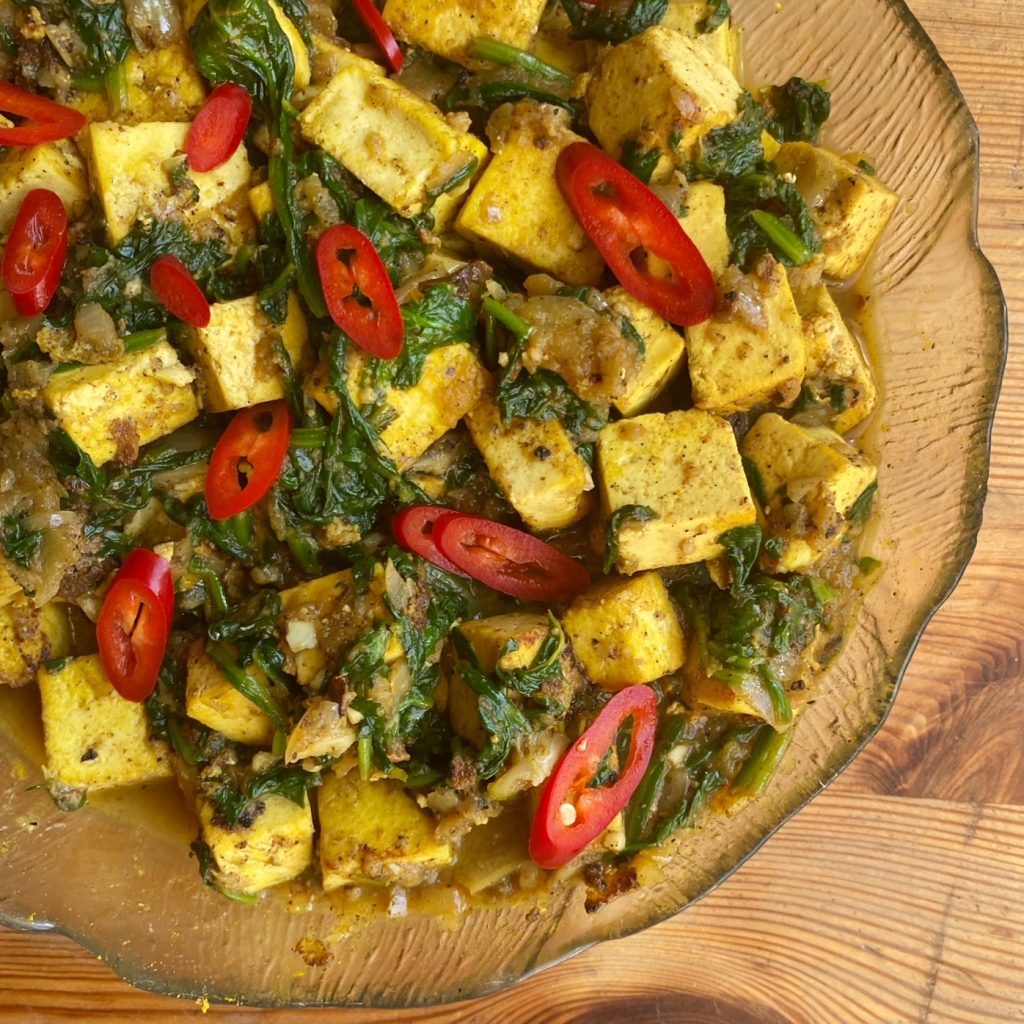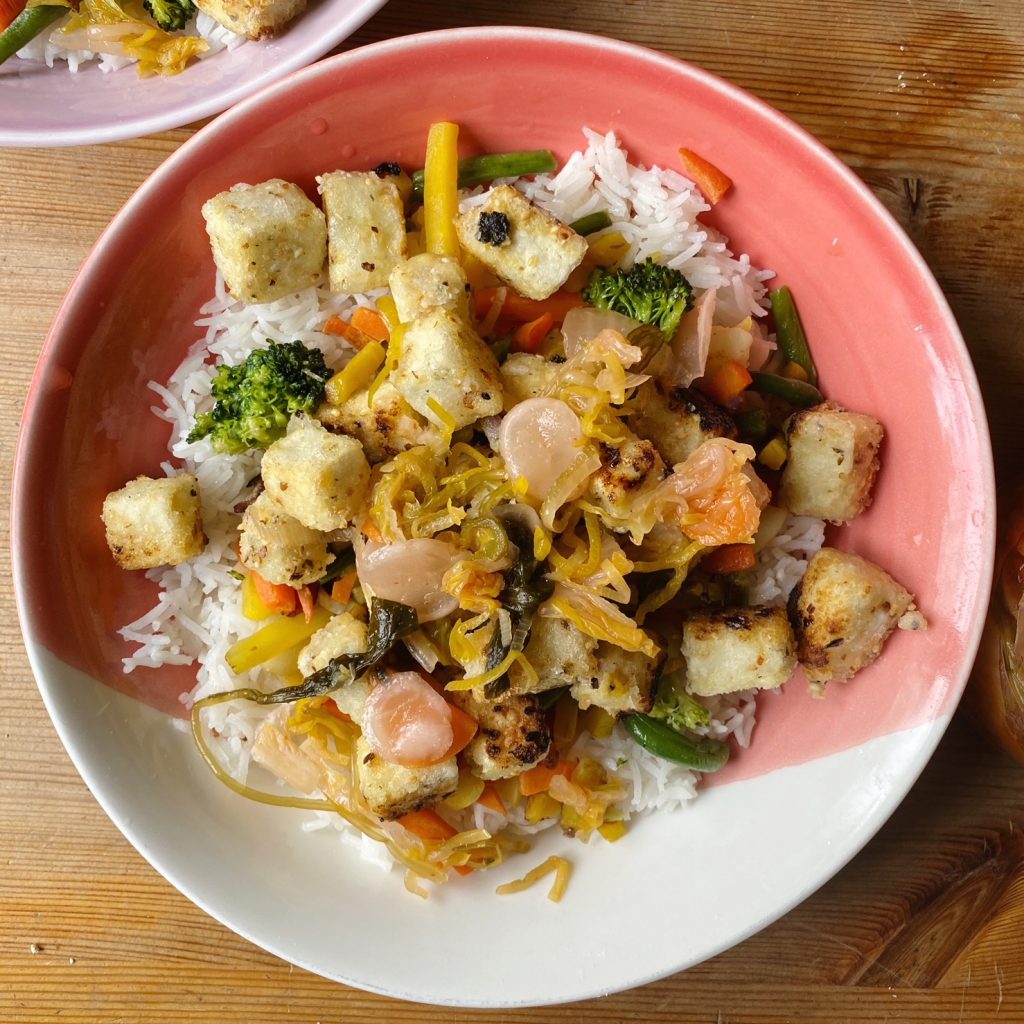
Tofu is an amazing, versatile and healthy ingredient. We love using silken tofu to make scramble for breakfast or to place in wobbly cubes in a miso soup, it’s also great scored and dressed with soy sauce and sesame oil. We stock a delicious range of ready to eat tofus which are brilliant in sandwiches and salads or warmed up to go with your supper (our favourite is the wild garlic one and we also really rate the smoked one). But extra firm tofu is a brilliant blank canvas with a meaty texture. We love it thinly scored at an angle and cooked like a firm piece of fish with lemon, butter, salt and pepper. Our kids favourite way is like this, coated in well seasoned cornflour and fried until crisp. It’s just the thing to top noodle or rice bowls. Give it a try and let me know what you think.
Liz x
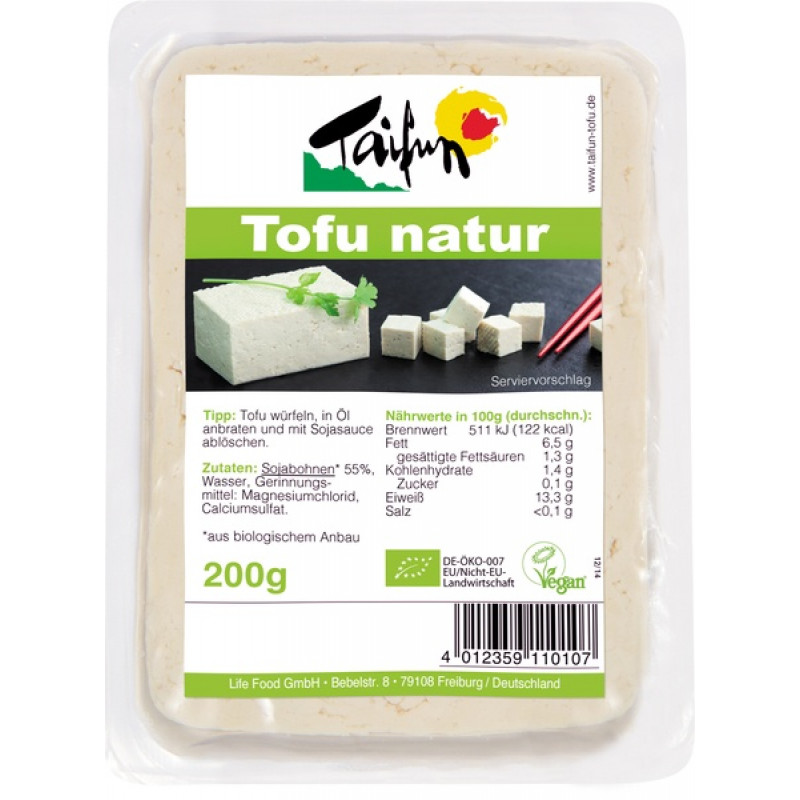
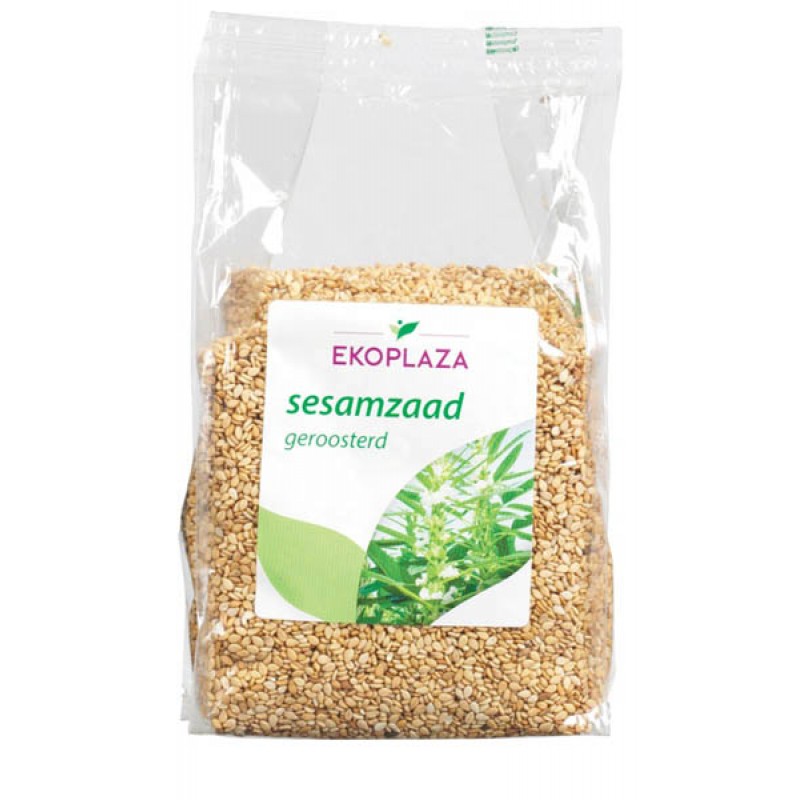
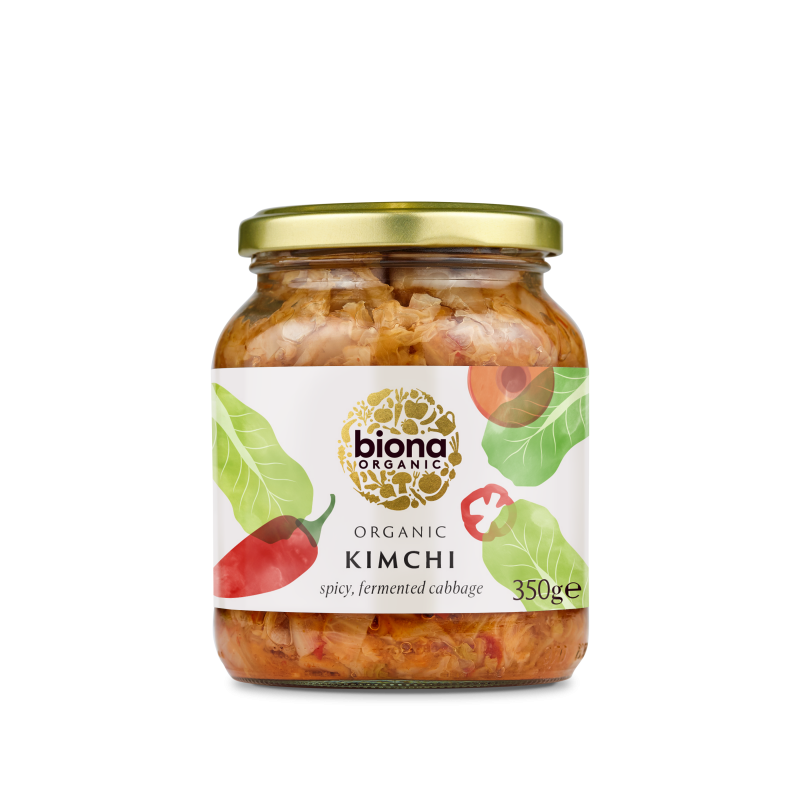
Ingredients (serves 2)
- 1 x 200g block extra firm, natural tofu
- 6 tbsp cornflour
- 1 tsp salt
- 1/2 tsp chilli flakes
- 3 tsp toasted sesame seeds
- 2 tsp seaweed flakes
- vegetable oil for frying
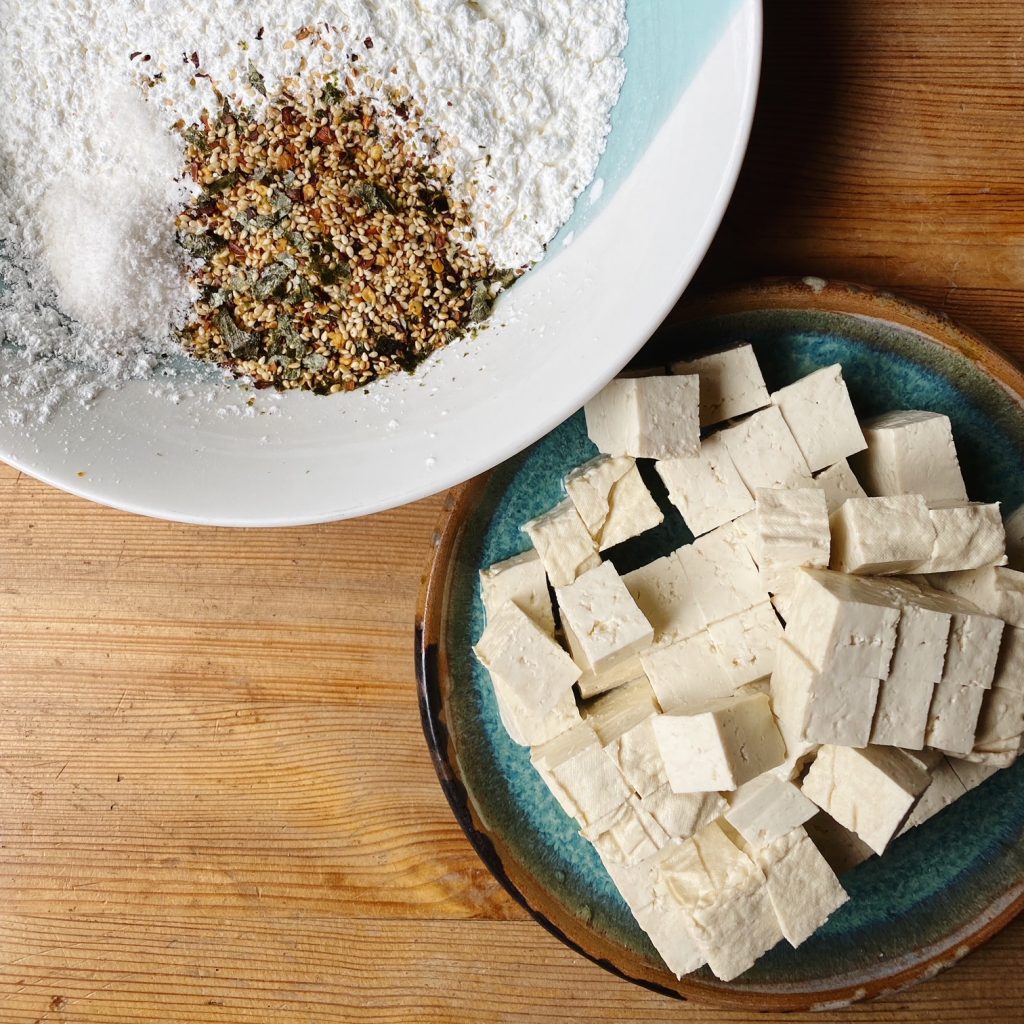
Method
- Drain the tofu and cut it into cubes.
- In a wide bowl, mix the cornflour, salt, chilli flakes, sesame seeds and seaweed flakes (if you don’t have seaweed flakes you can leave them out or snip up a sheet of sushi nori).
- Tumble the cubed tofu into the seasoned cornflour and mix it well ensuring each piece is coated.
- Coat the base of a wide frying pan with a generous layer of vegetable oil, then heat to medium high.
- Add the tofu but space it out so that the pieces are not touching each other (you may need to cook in batches). Turn the pieces regularly so that they cook on all sides. They should be golden brown and beautifully crispy.
- Serve as you like. We topped a rice bowl and vegetable stir fry and added a drizzle of soy sauce and some kimchi.
